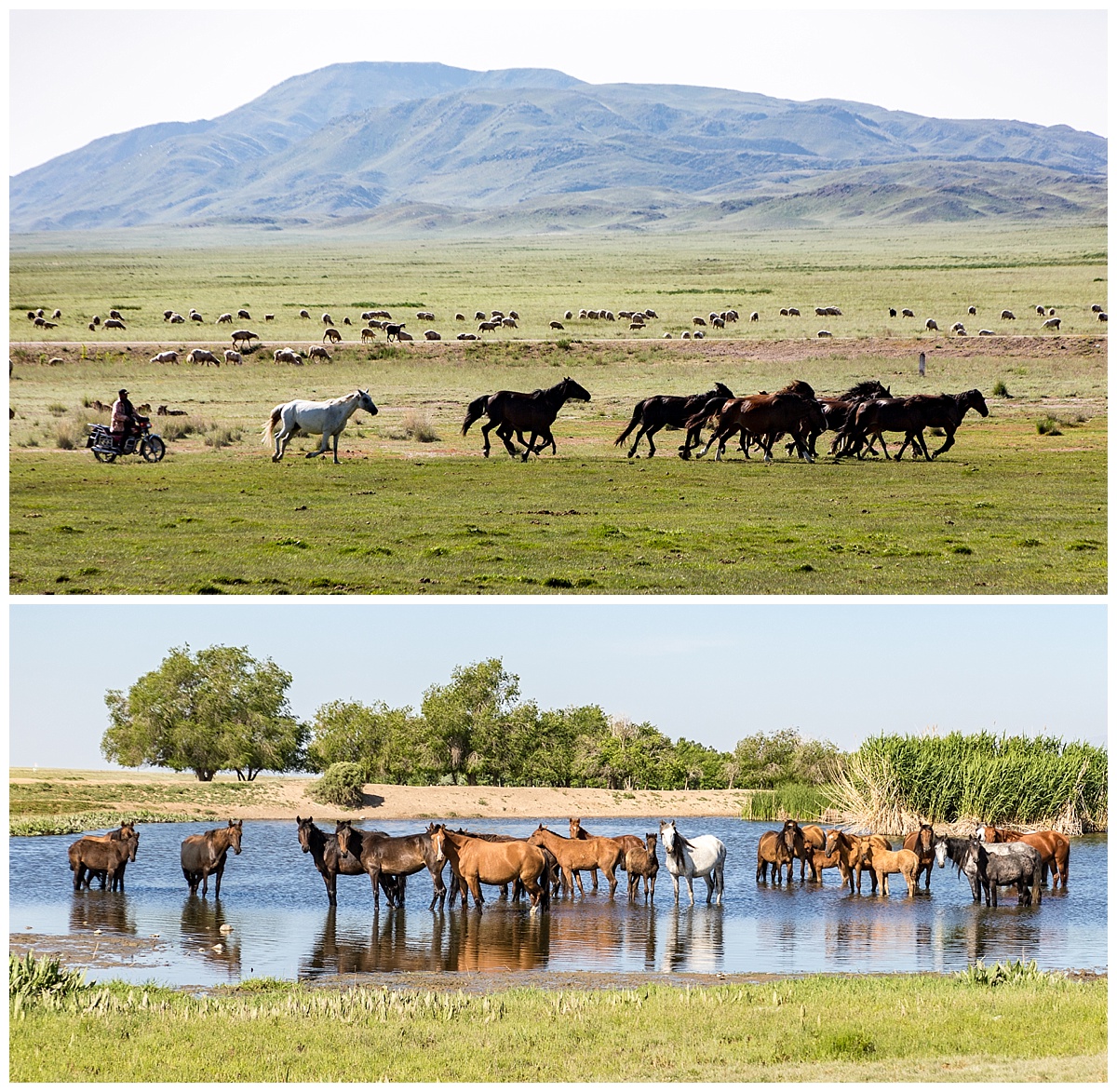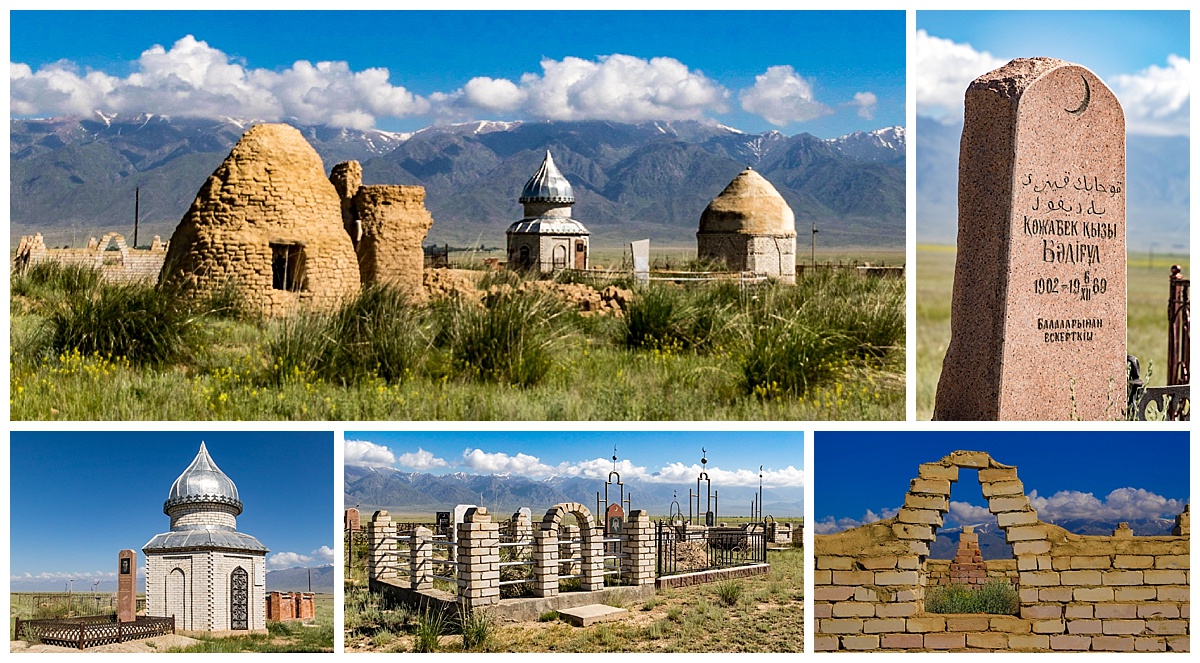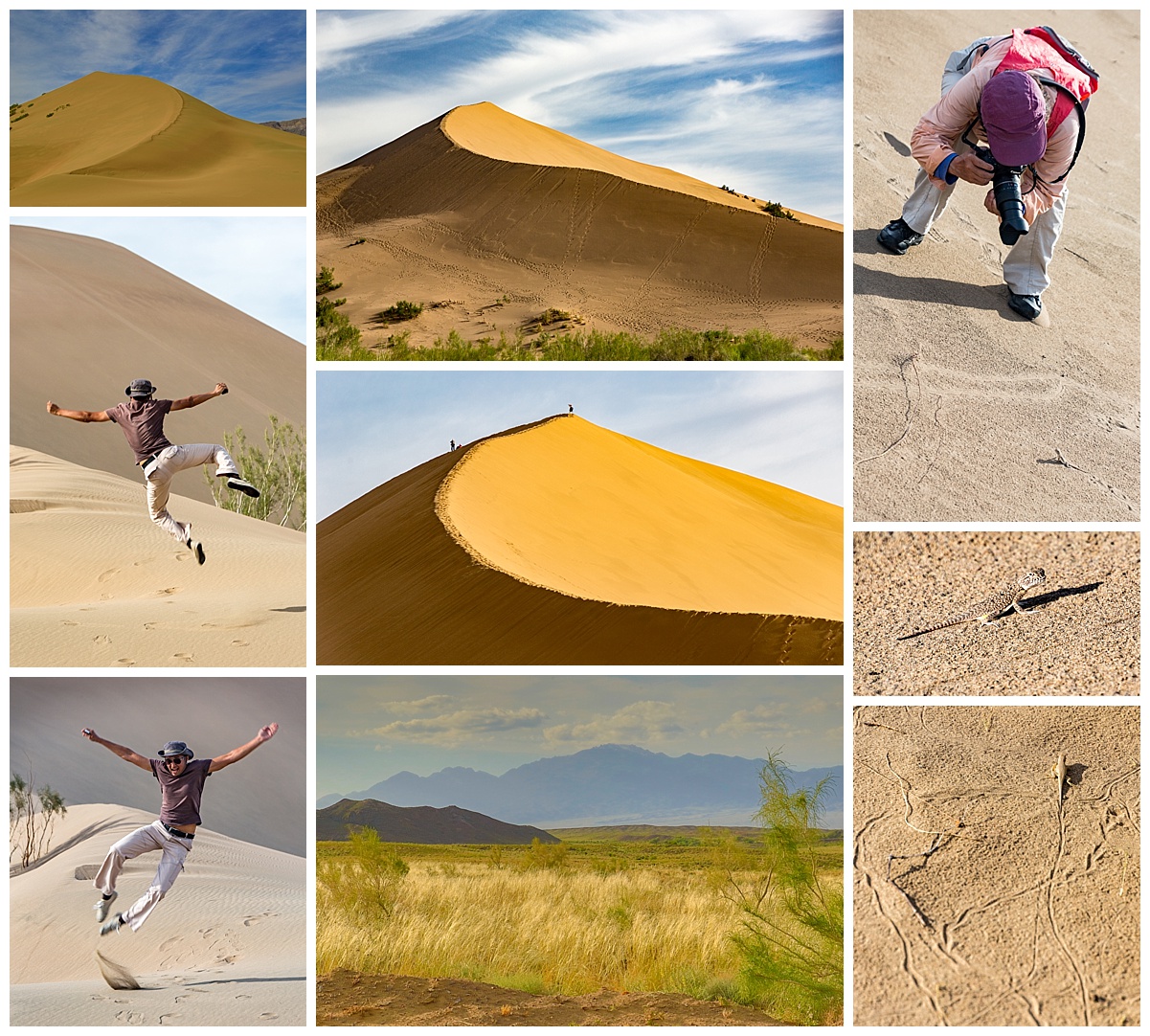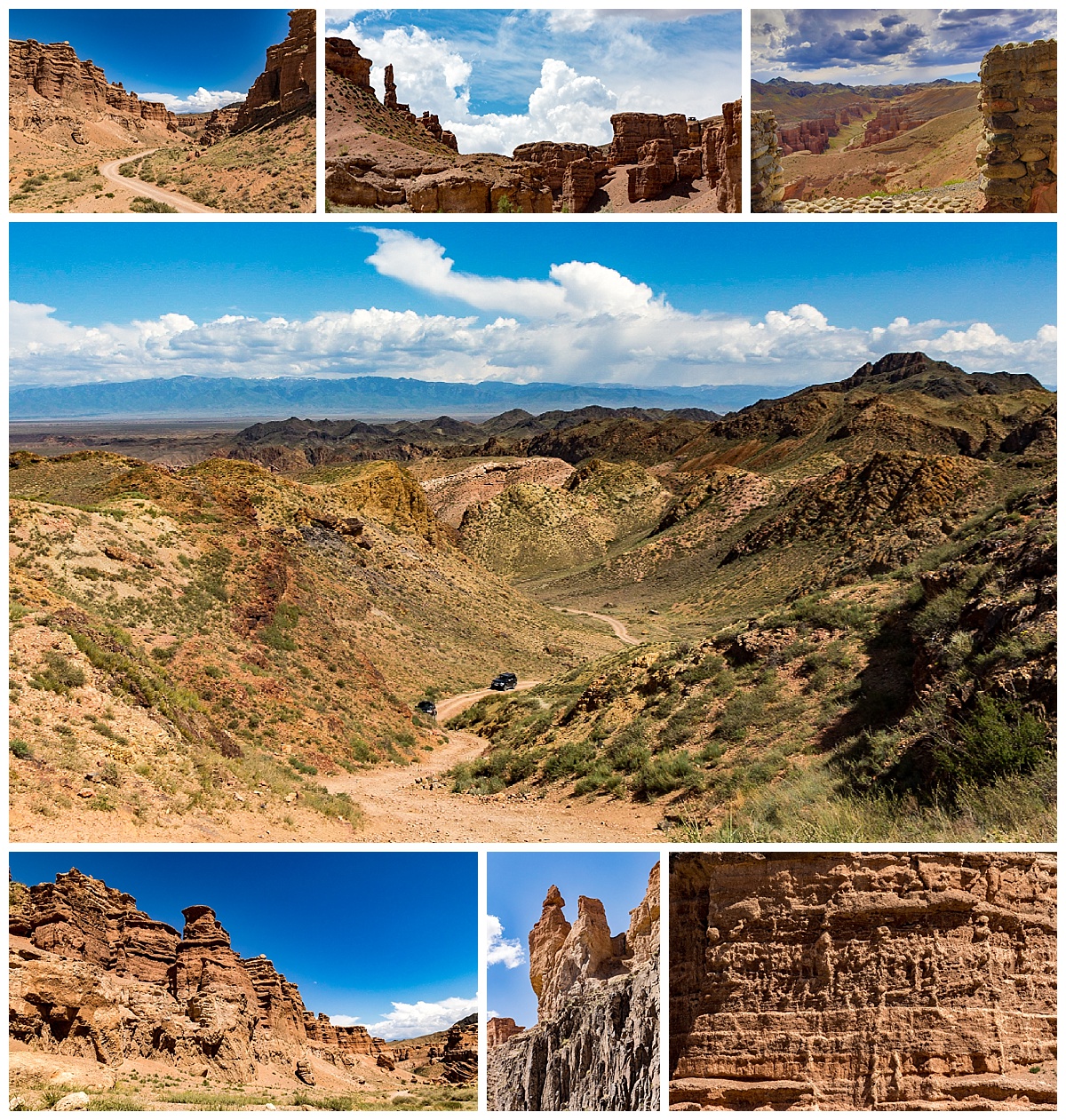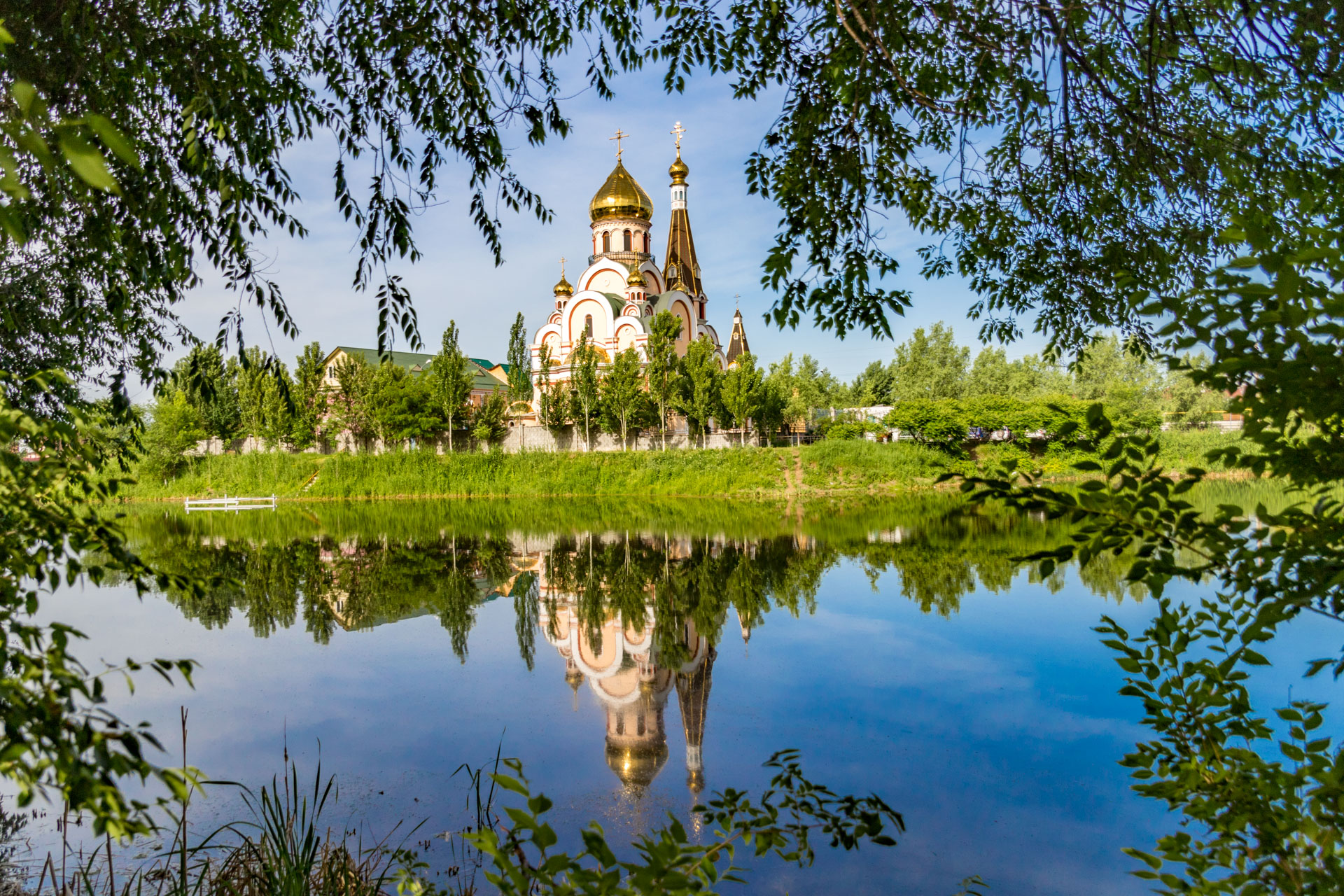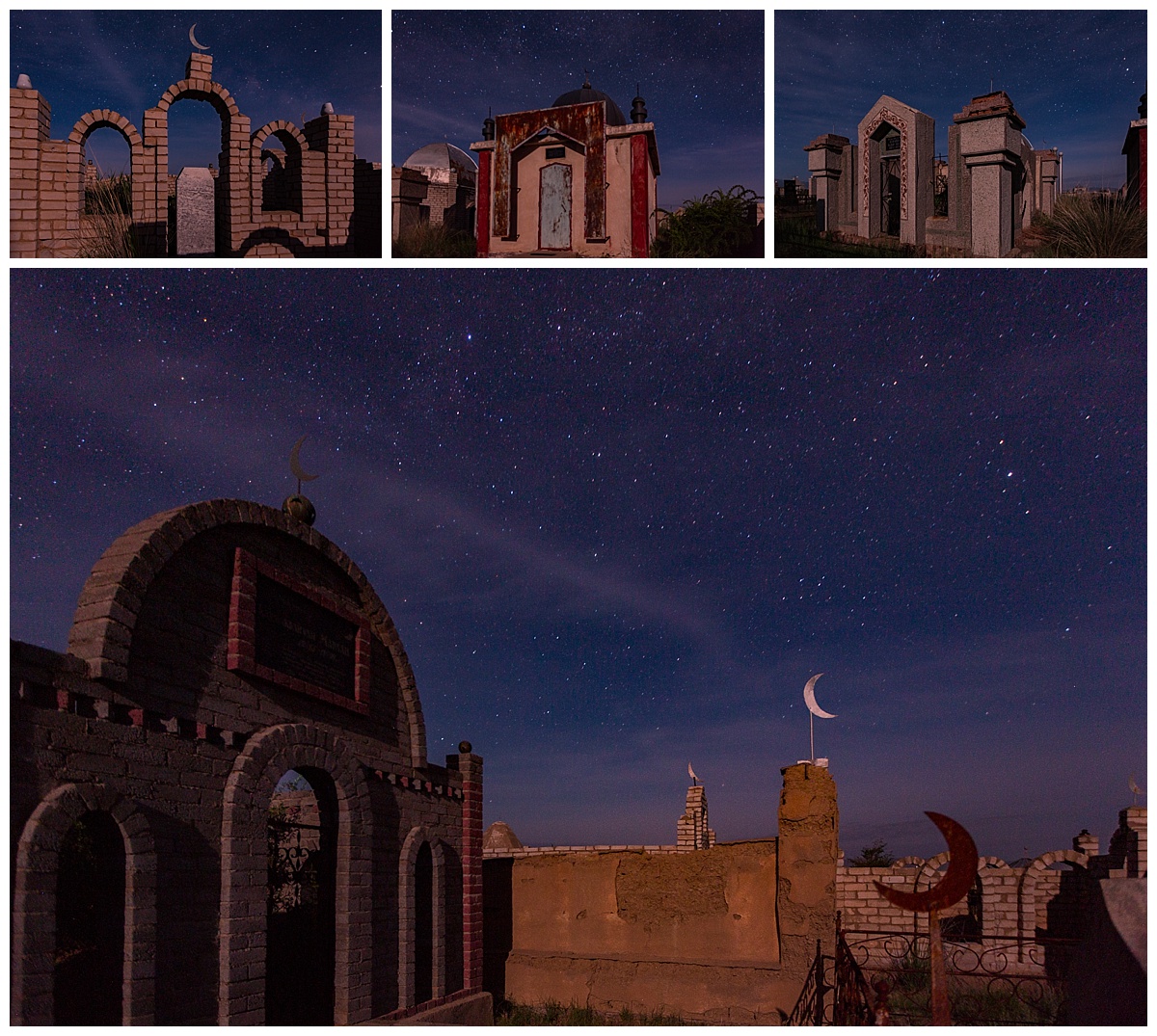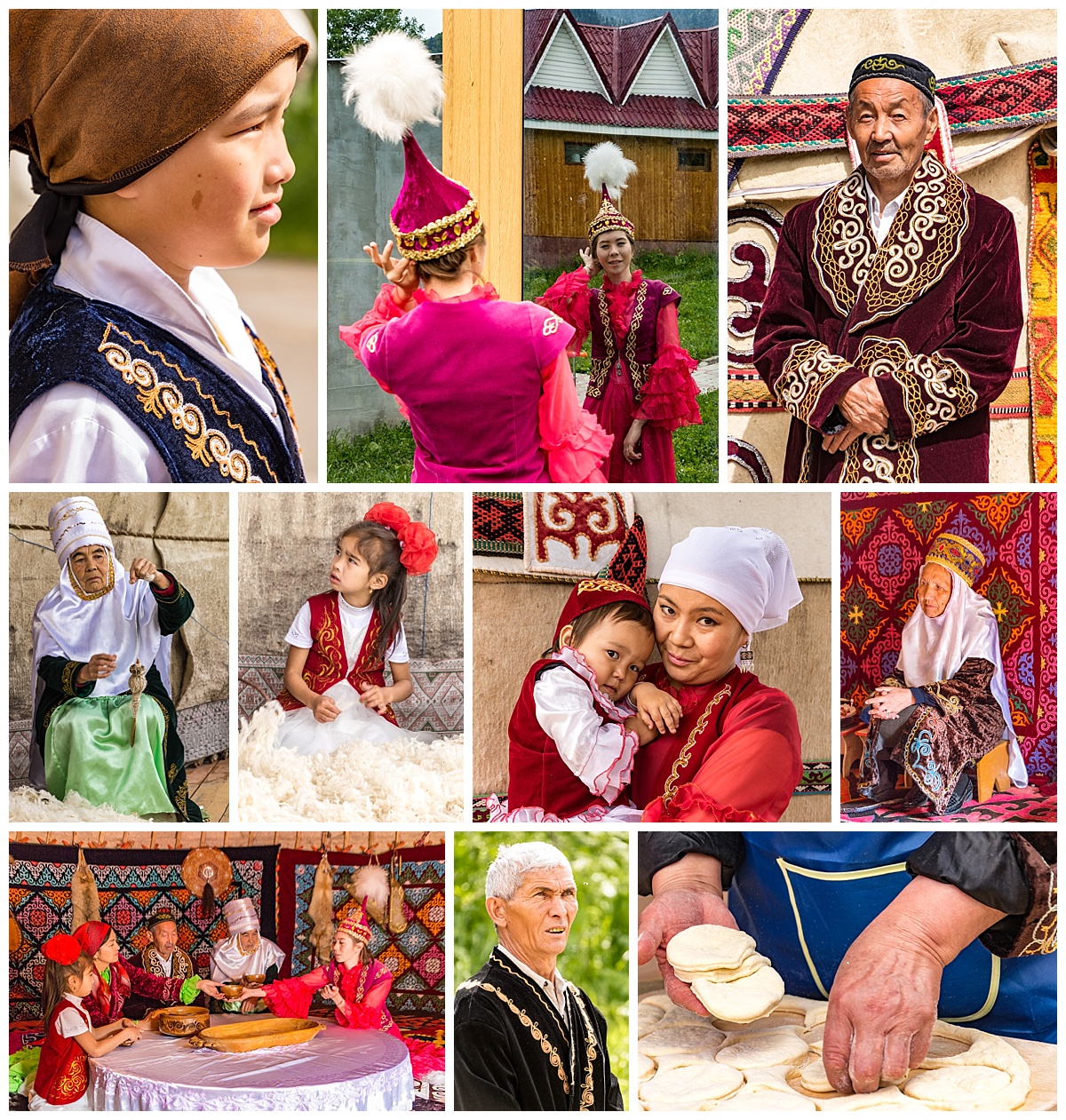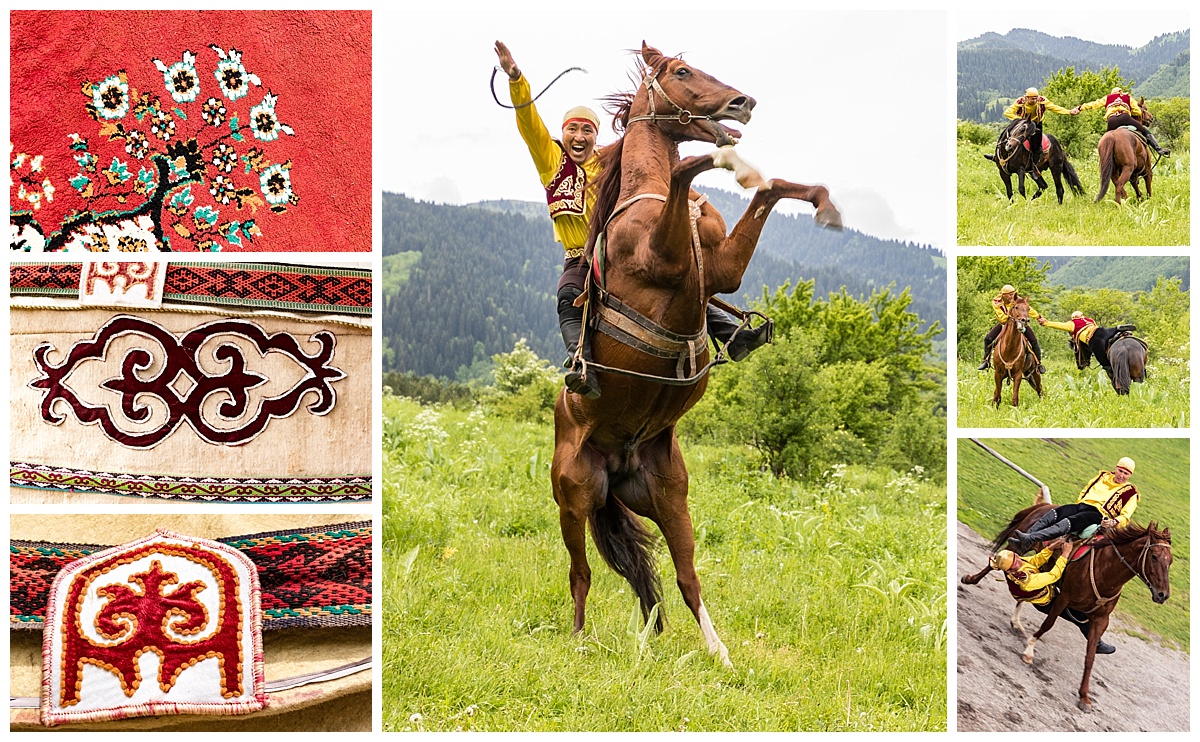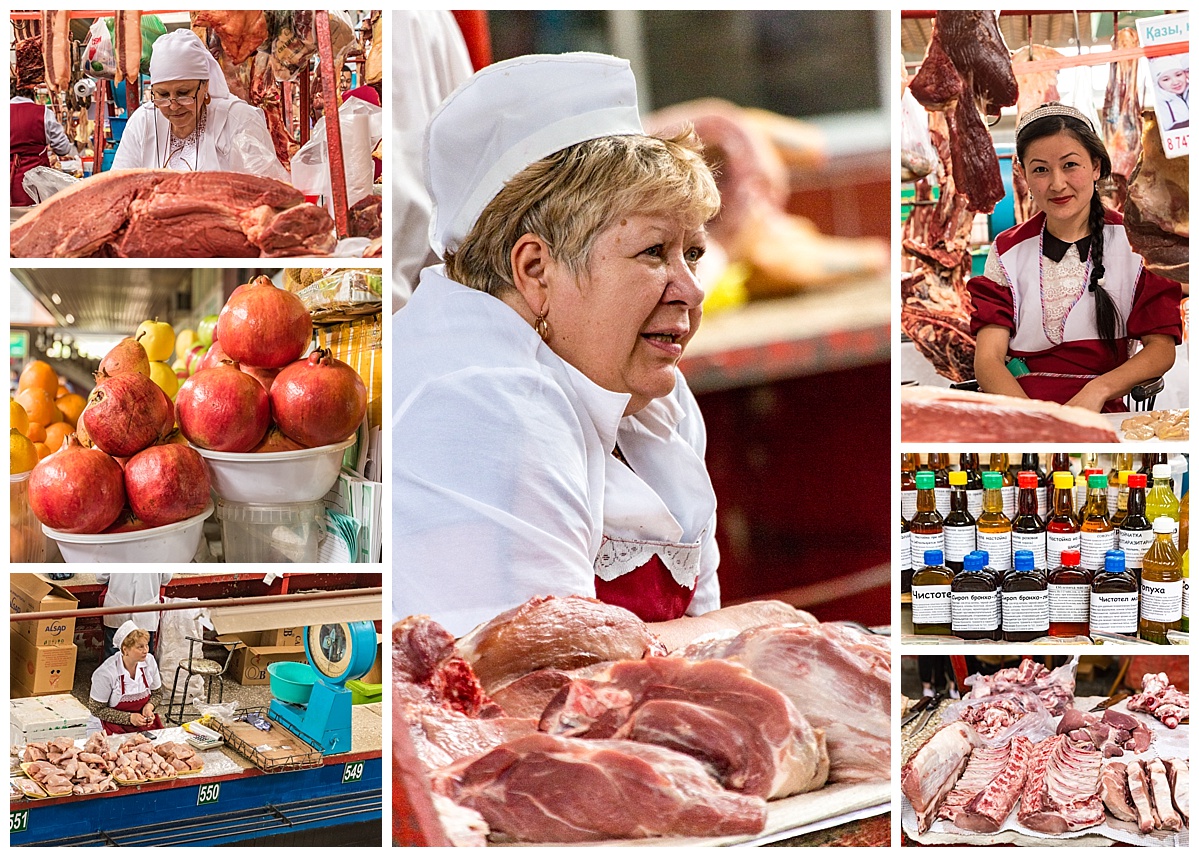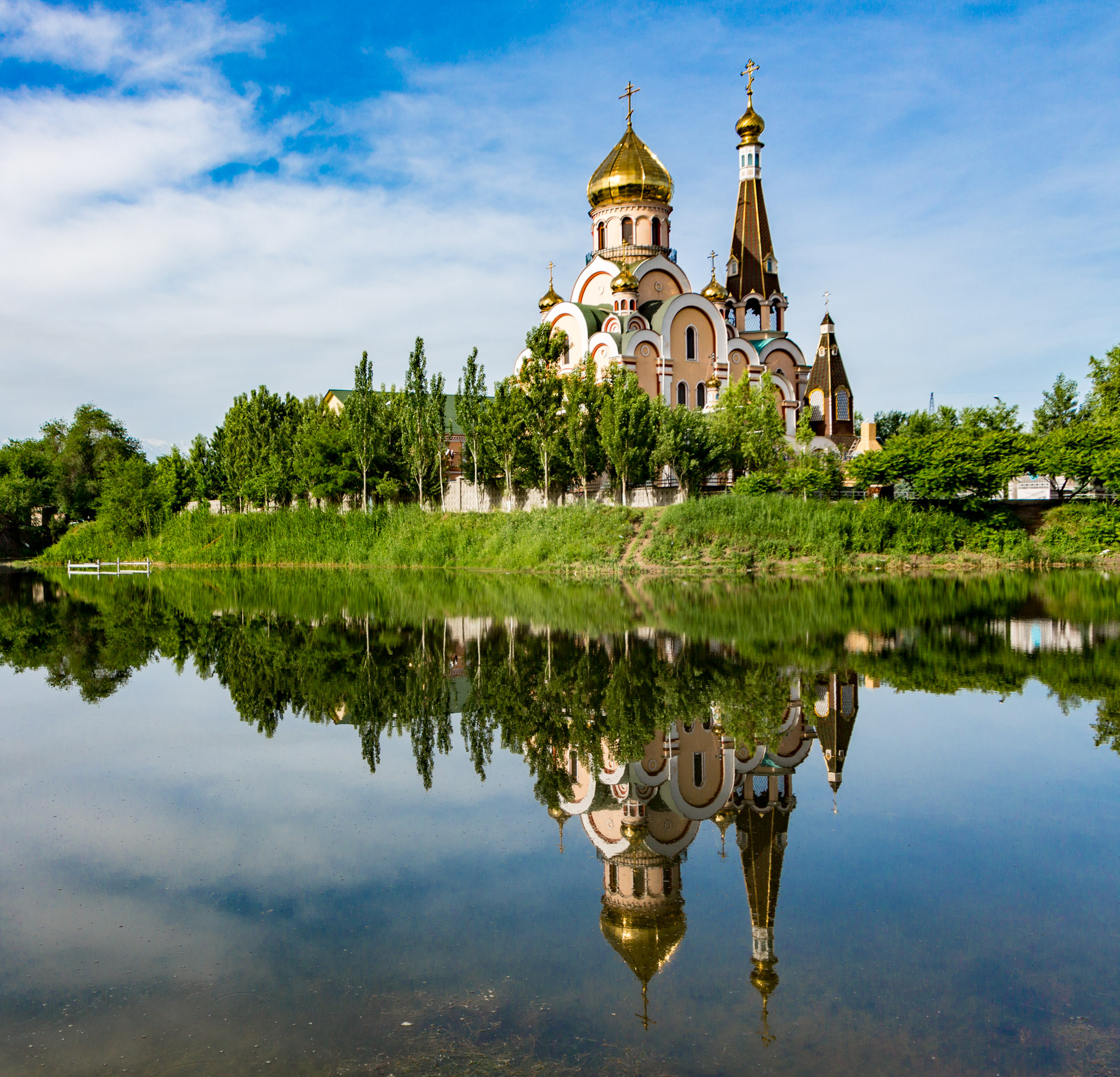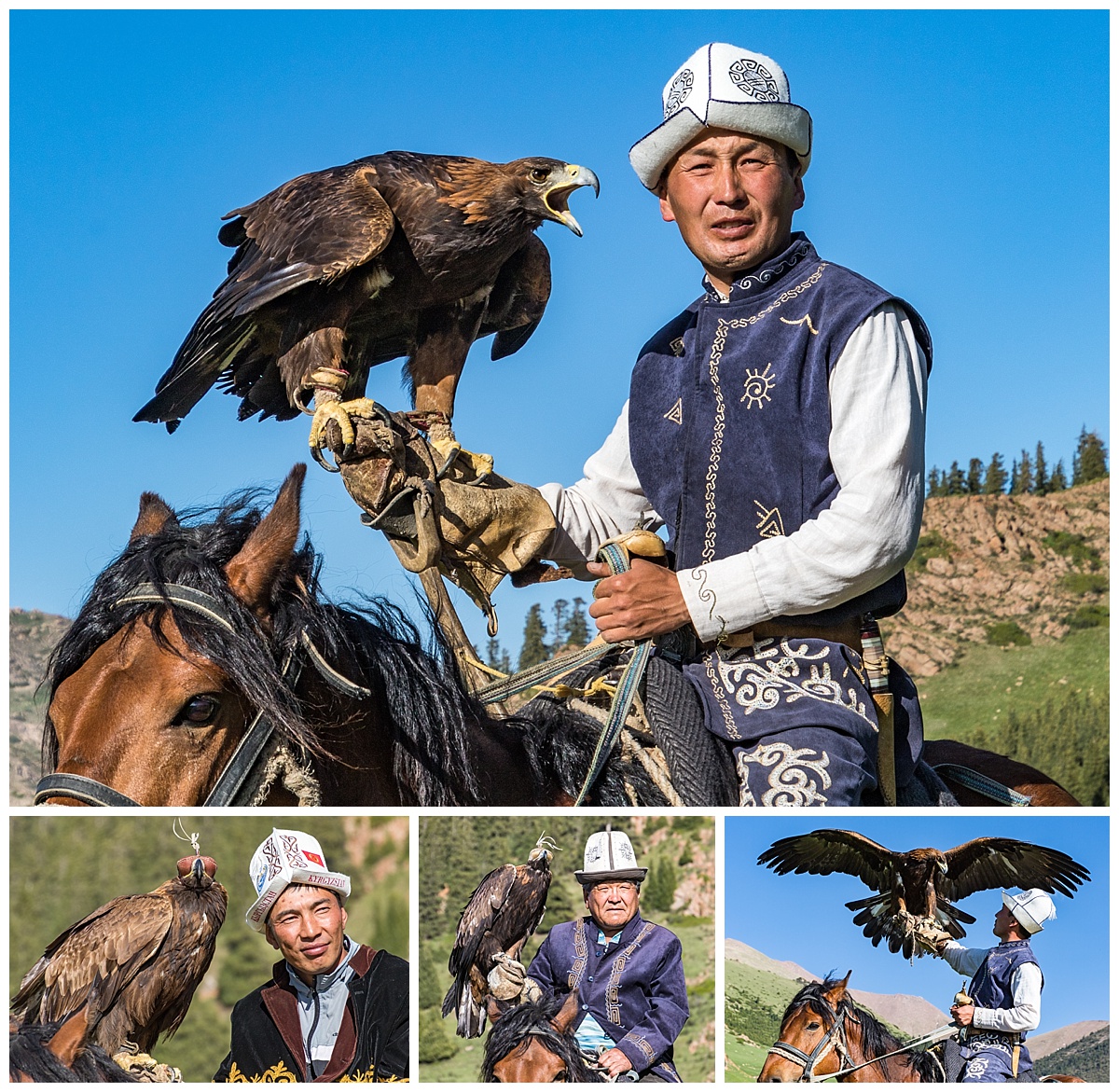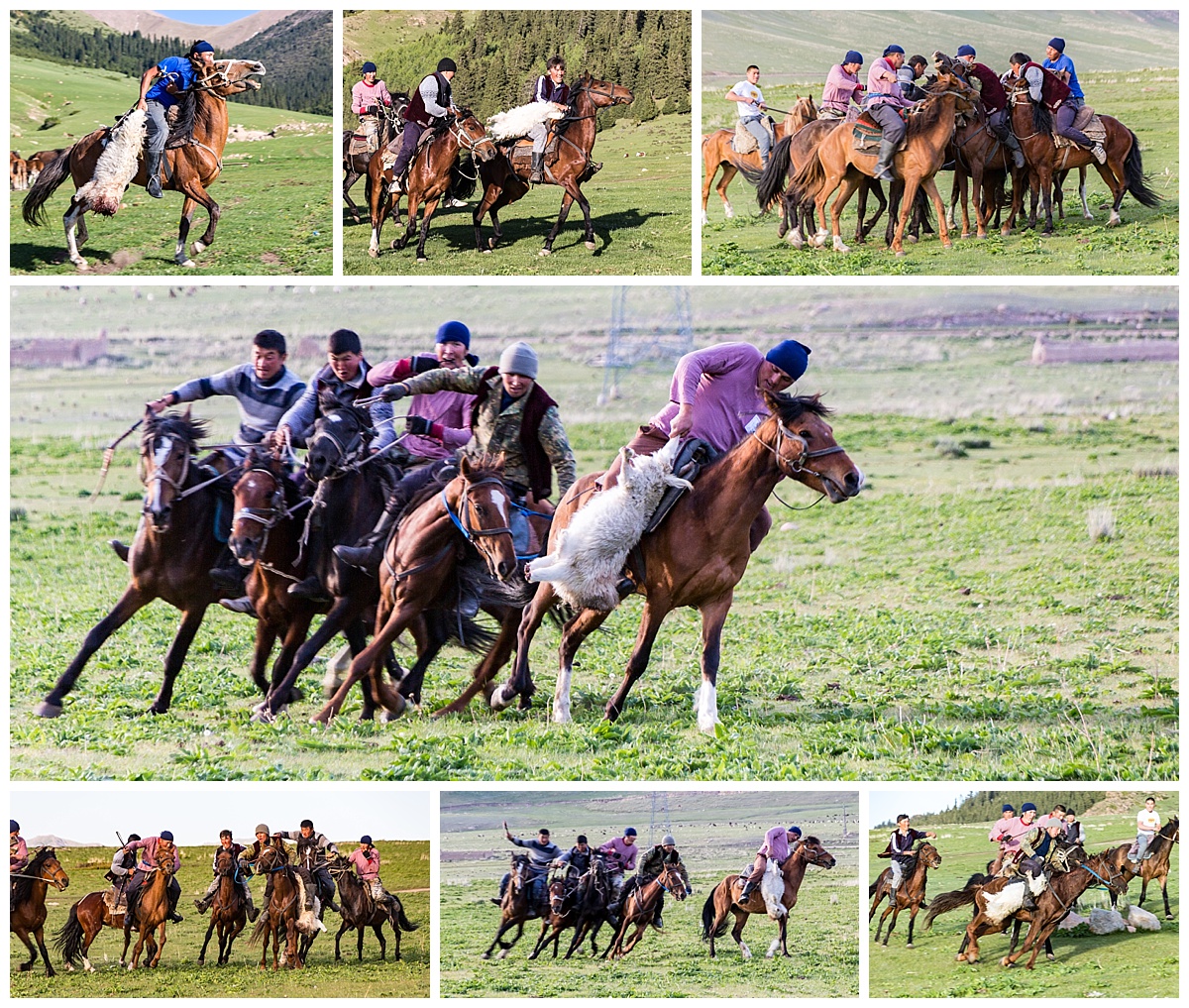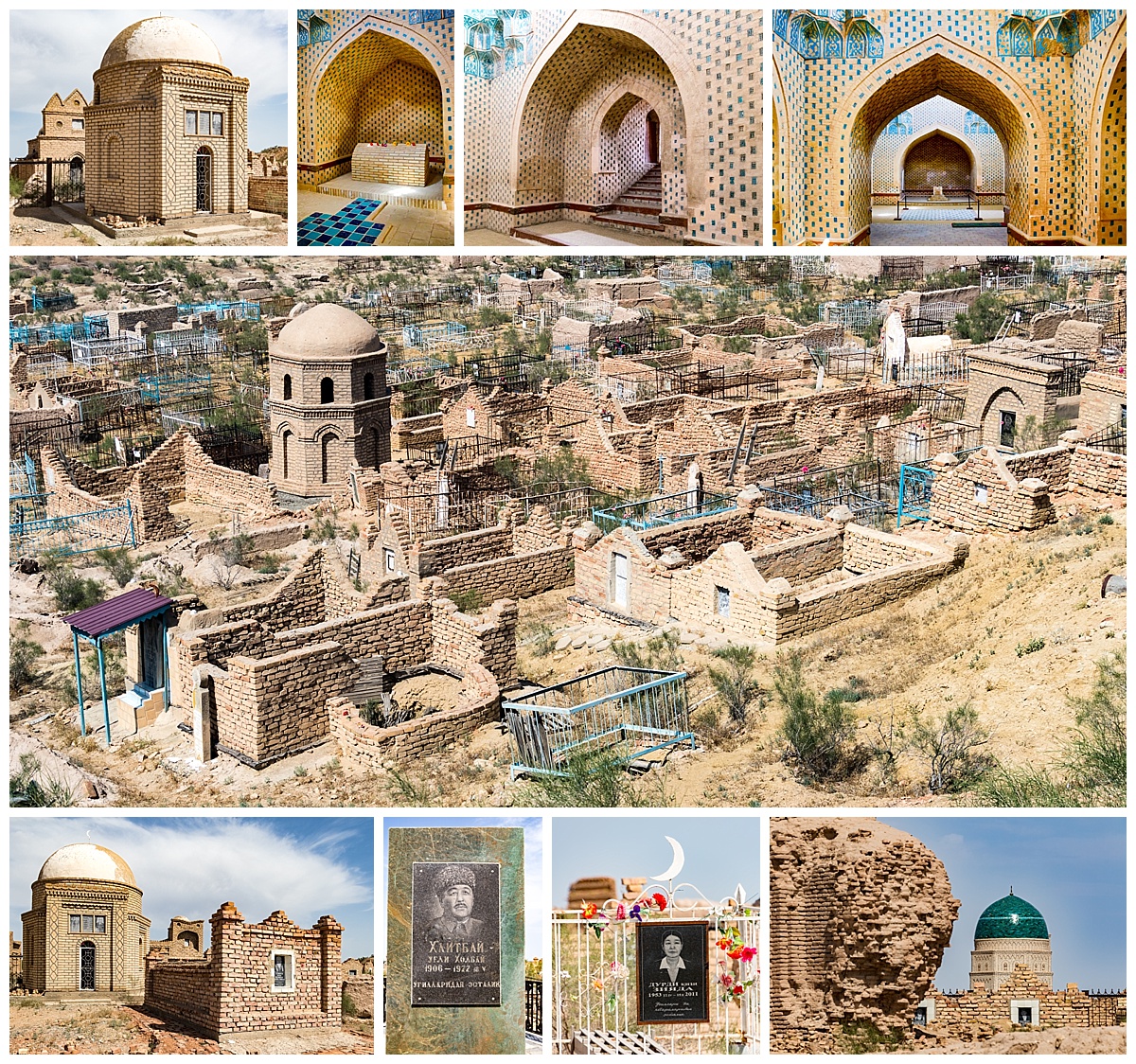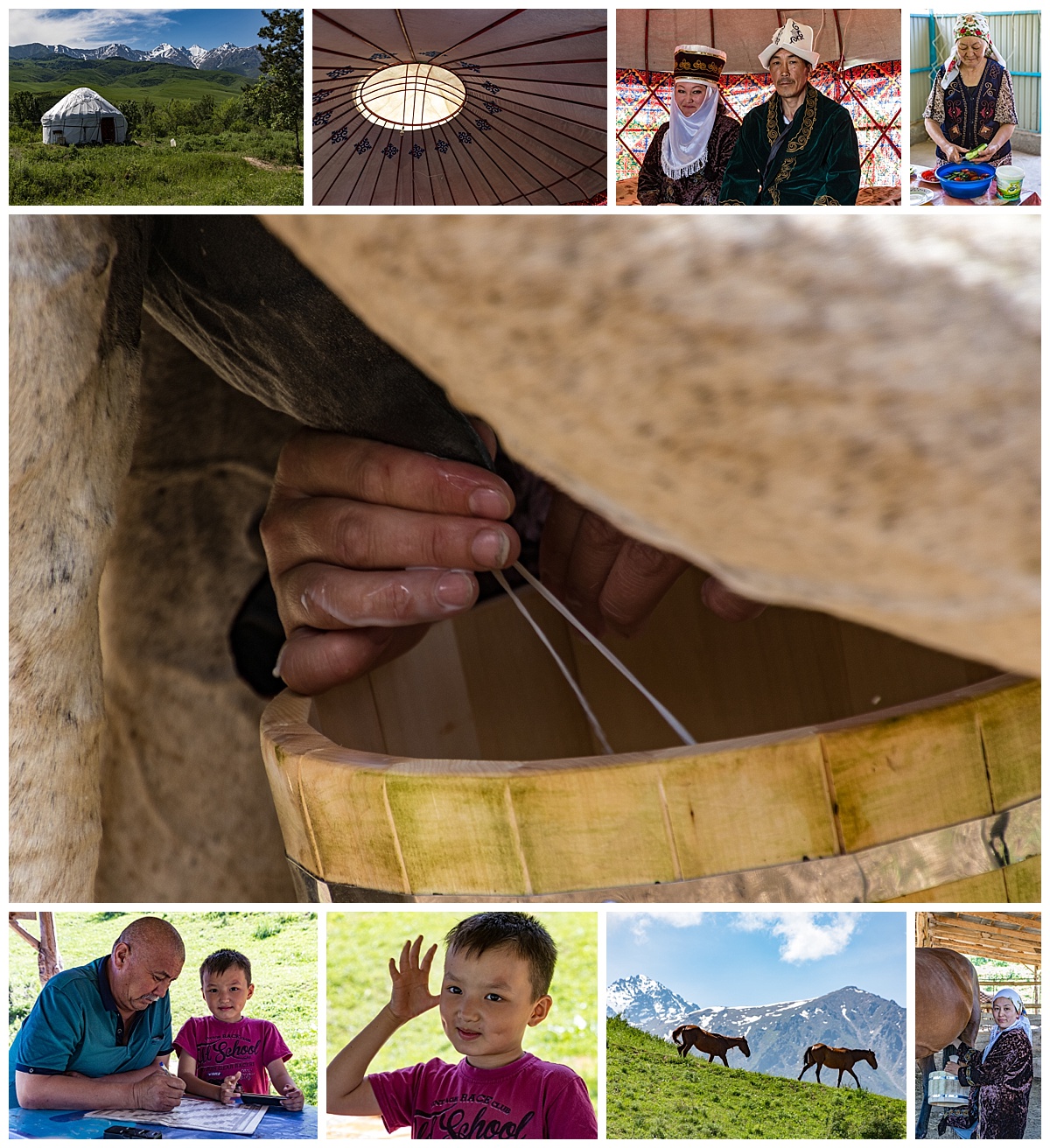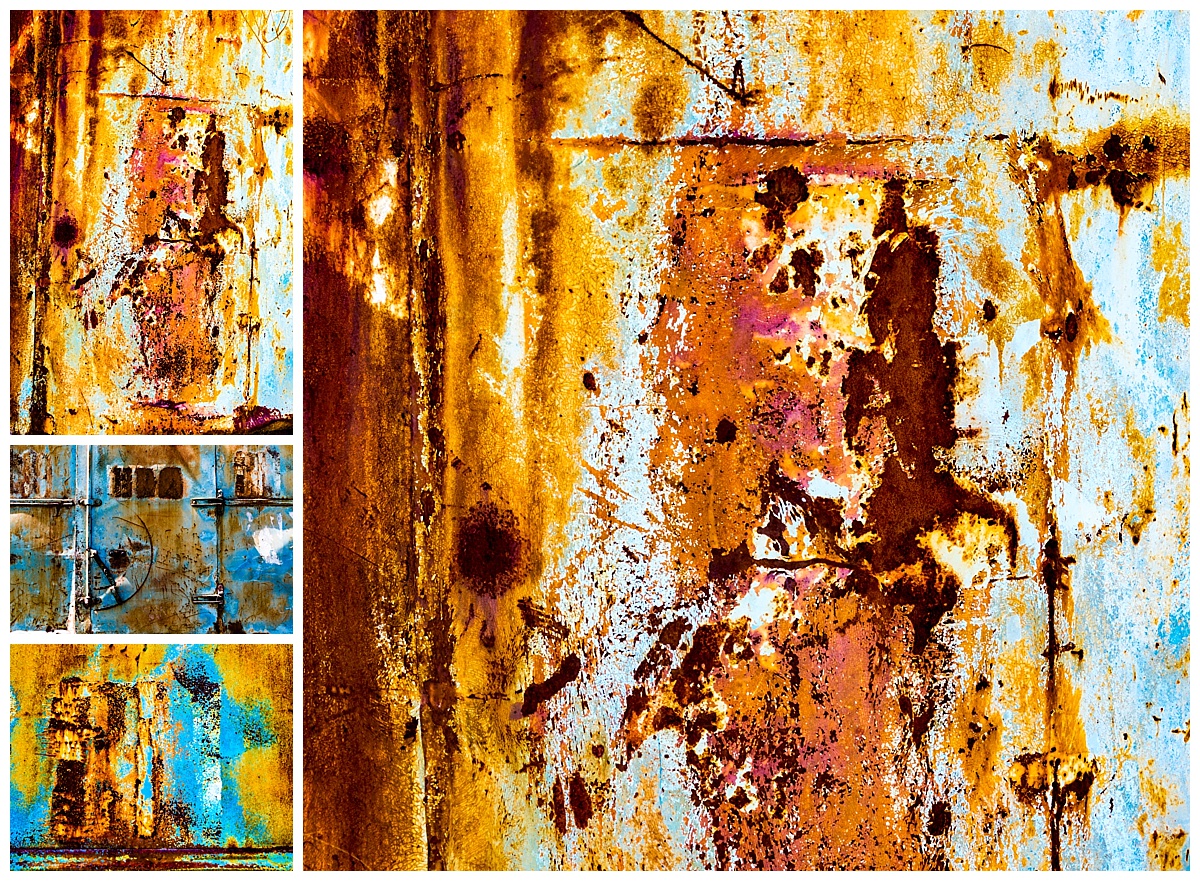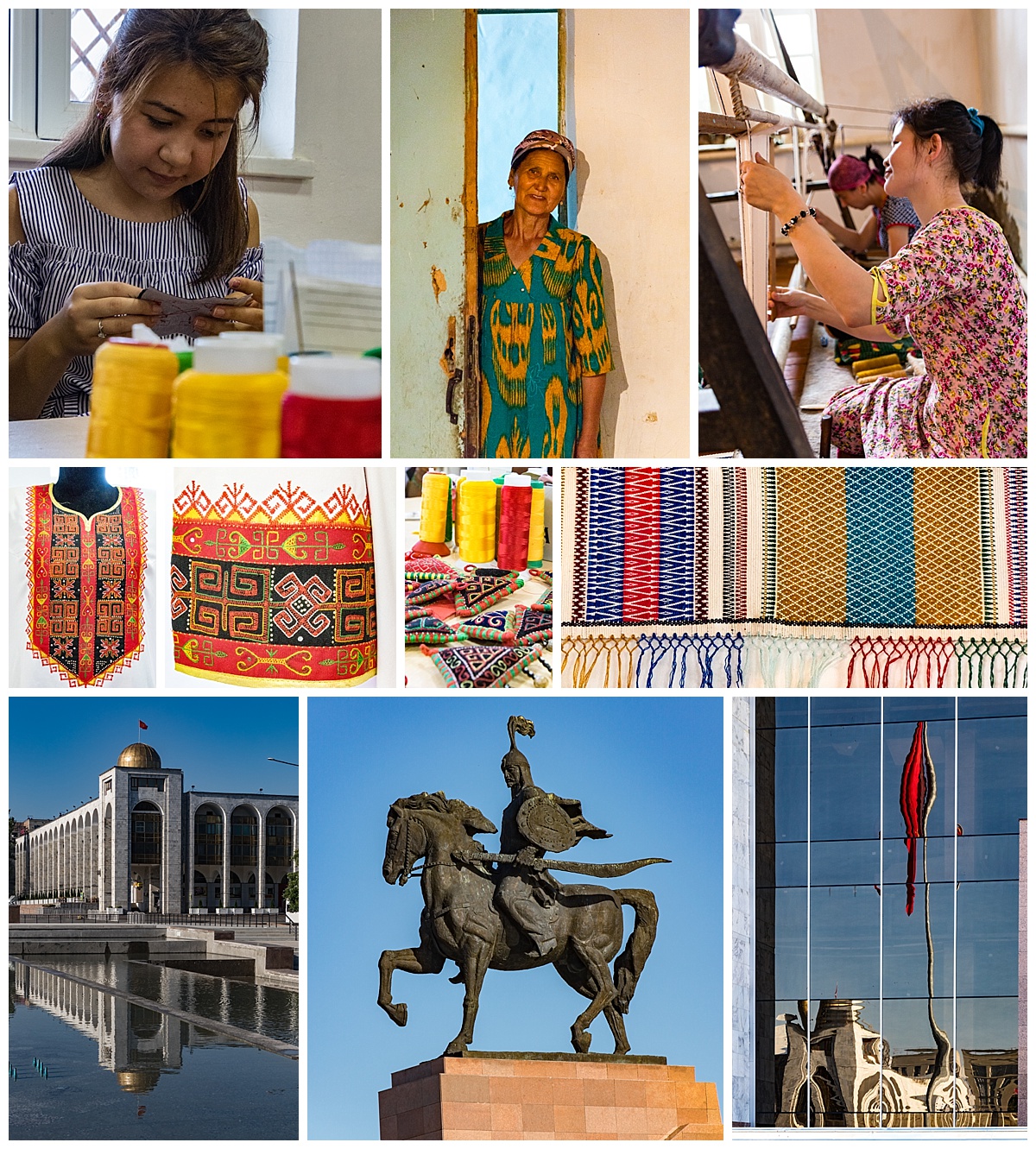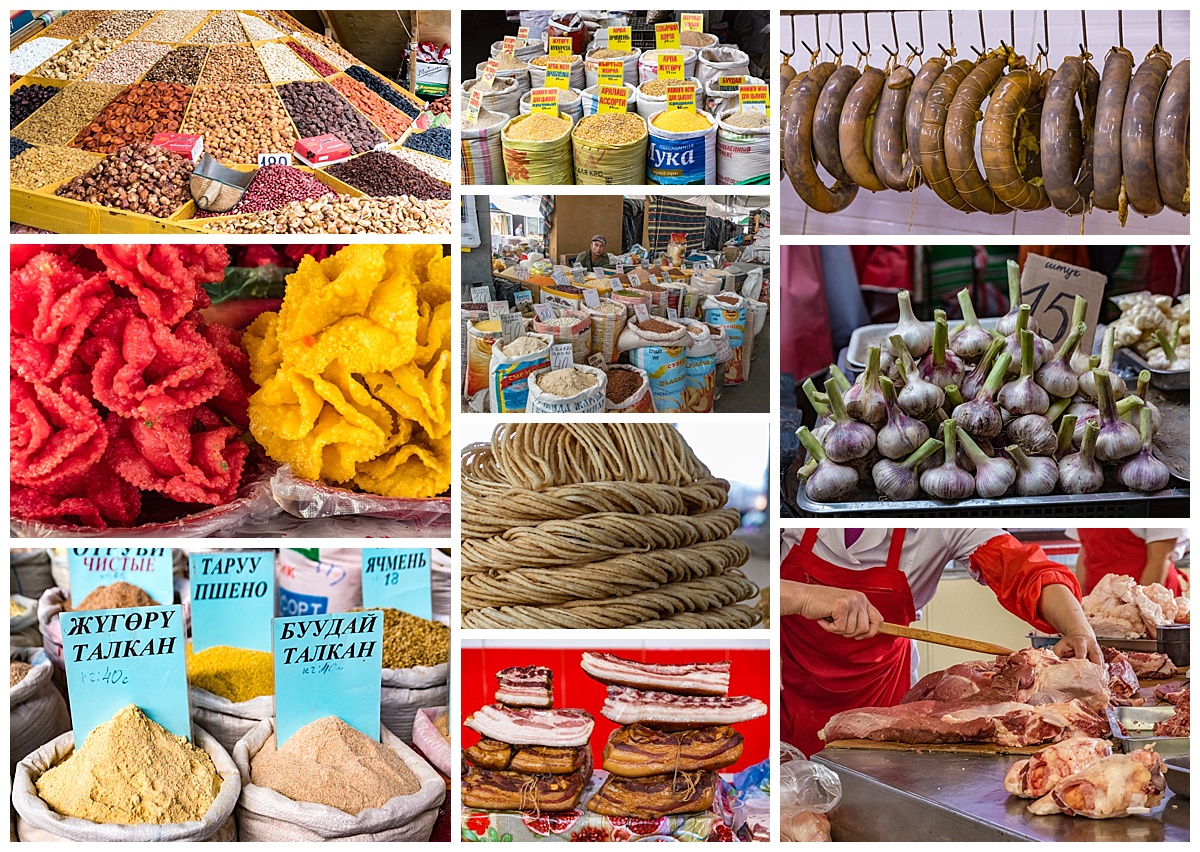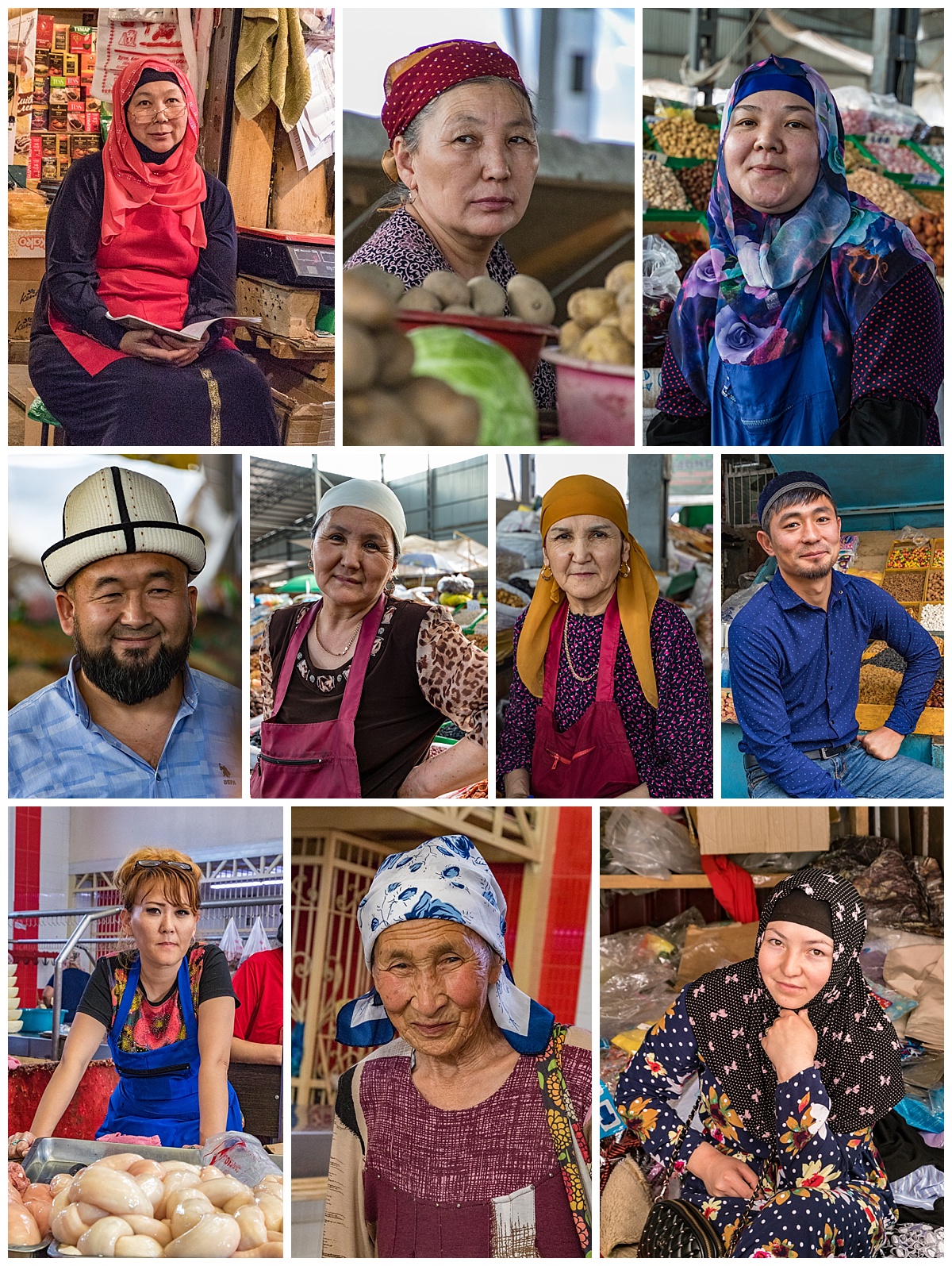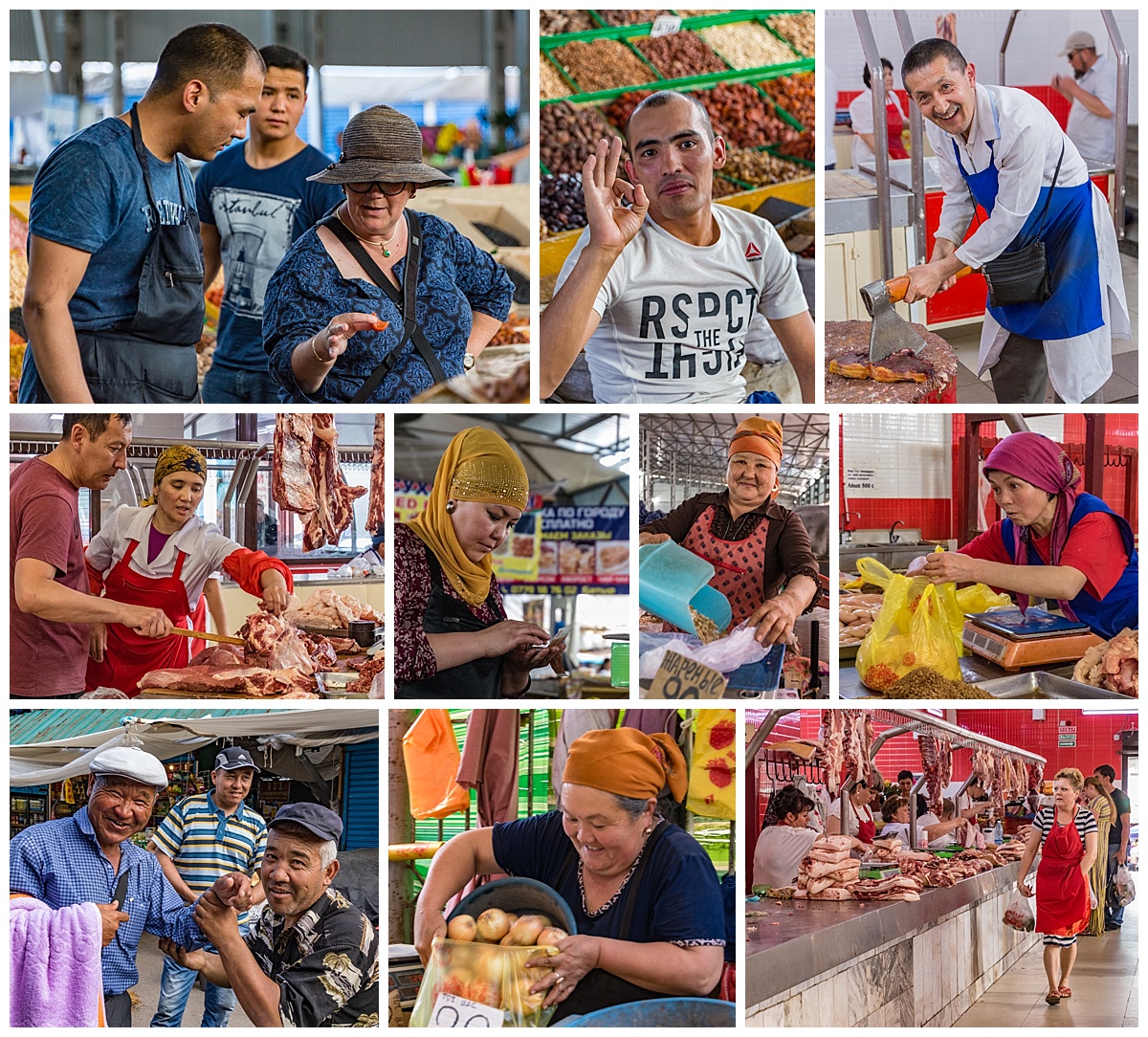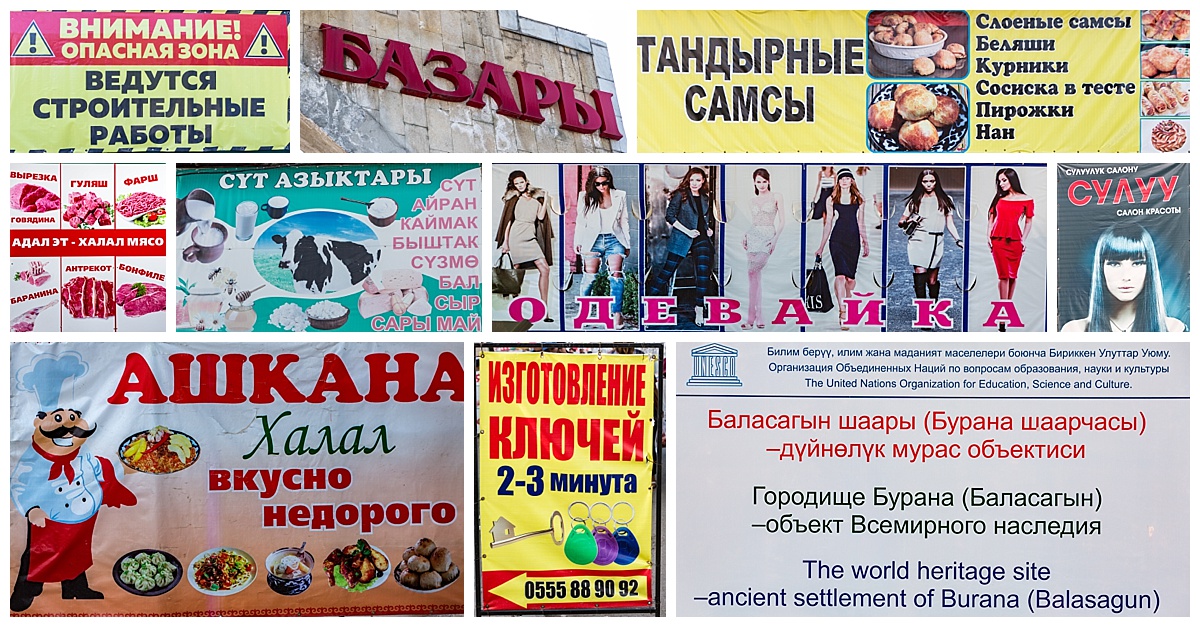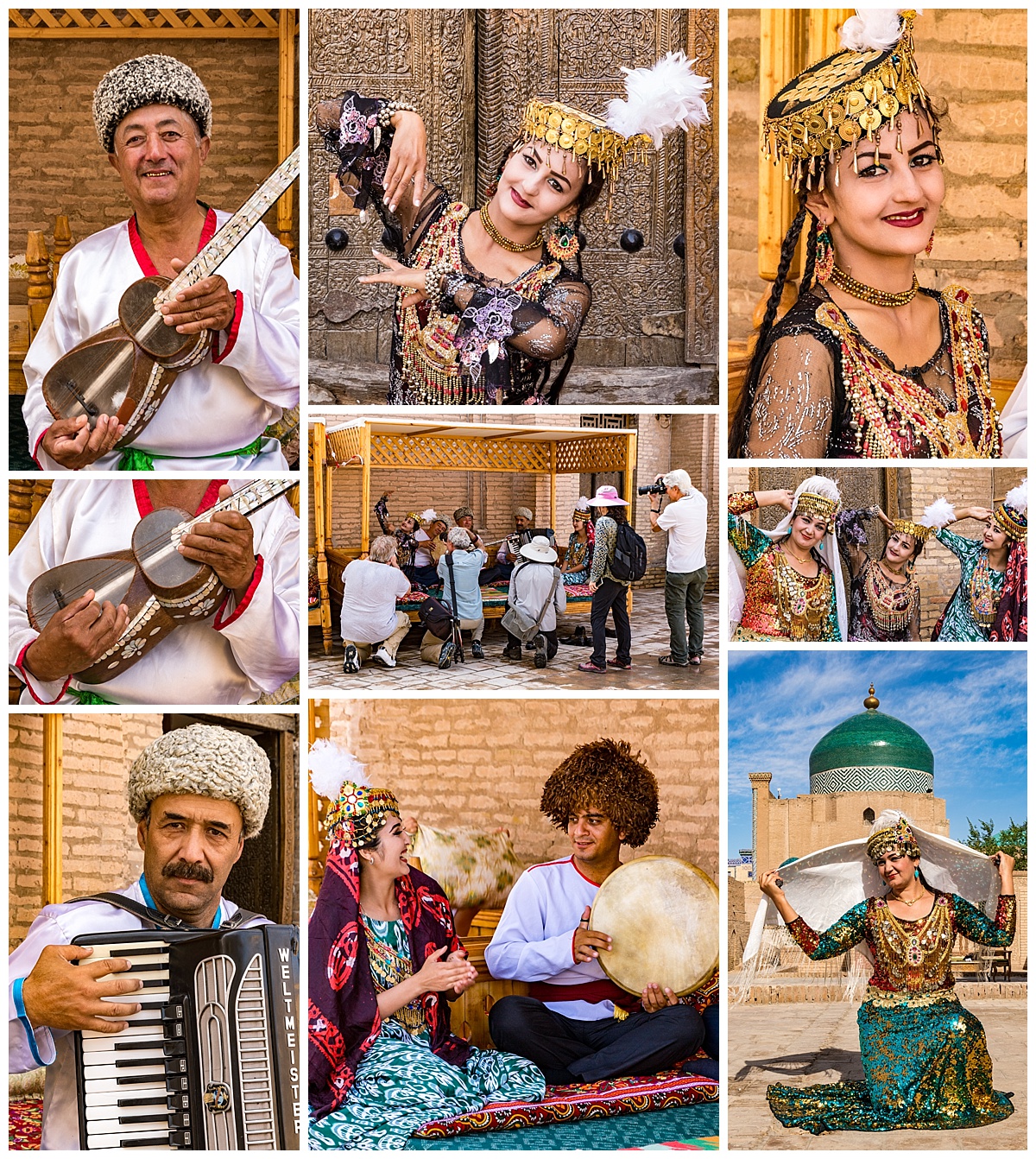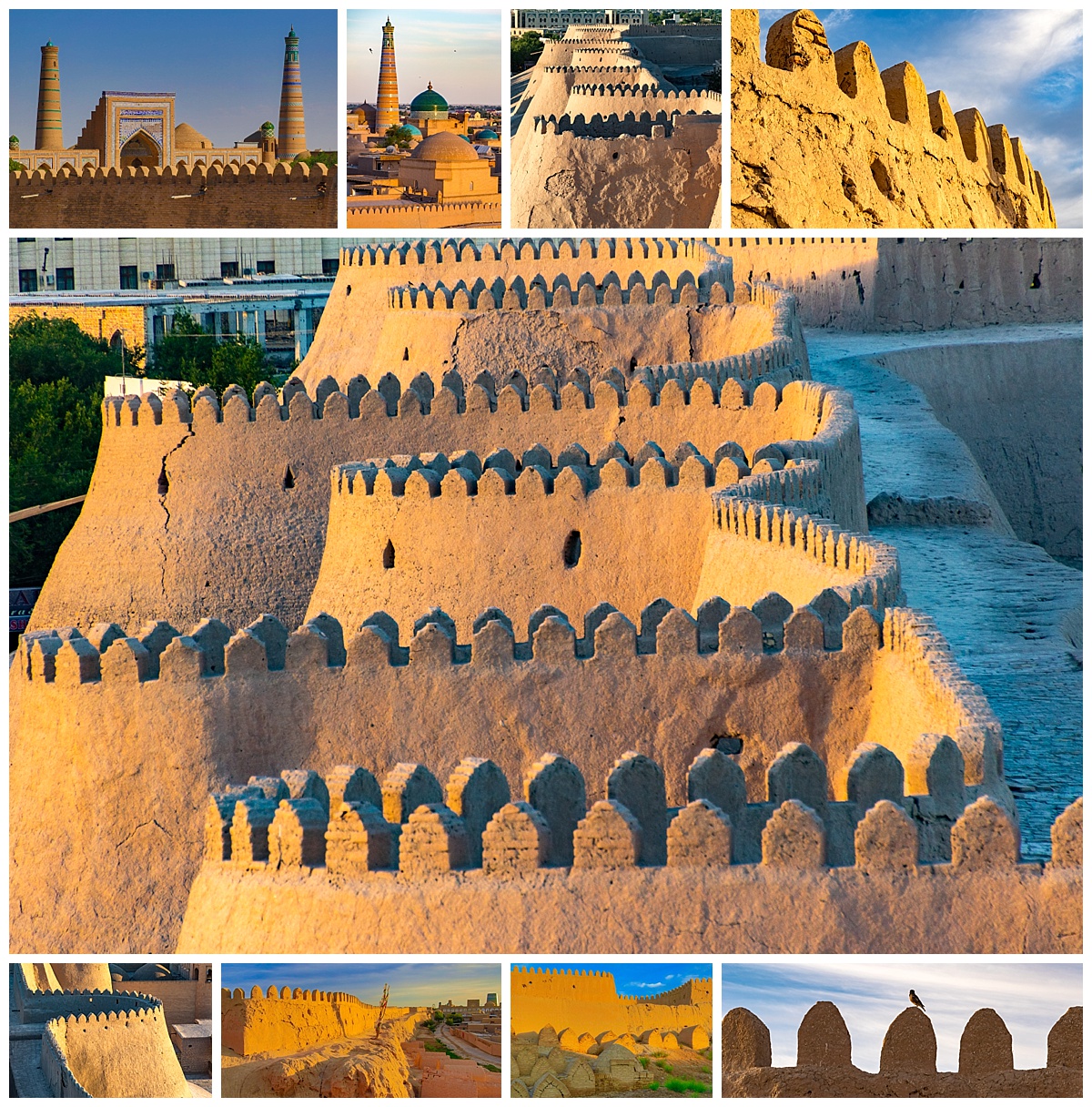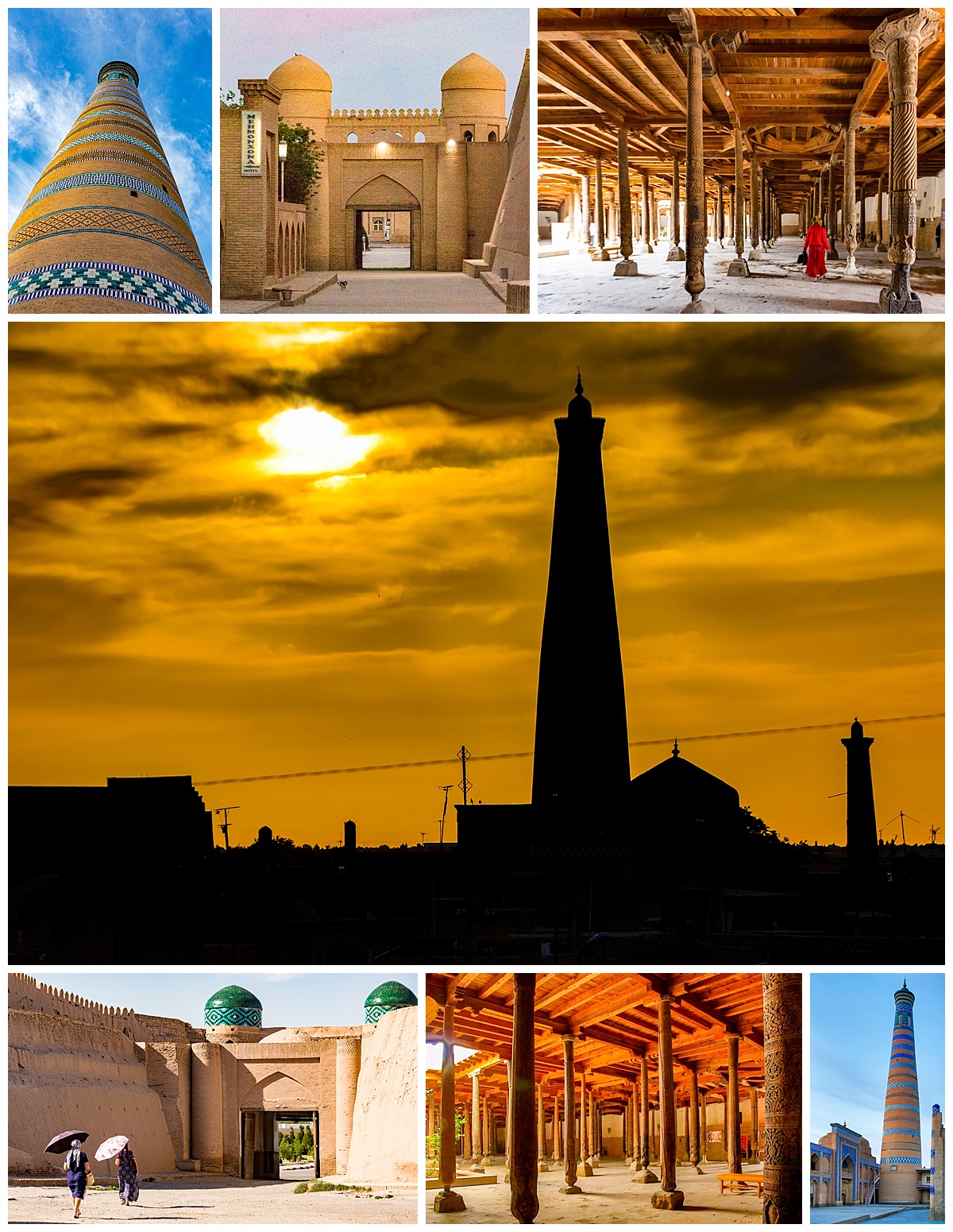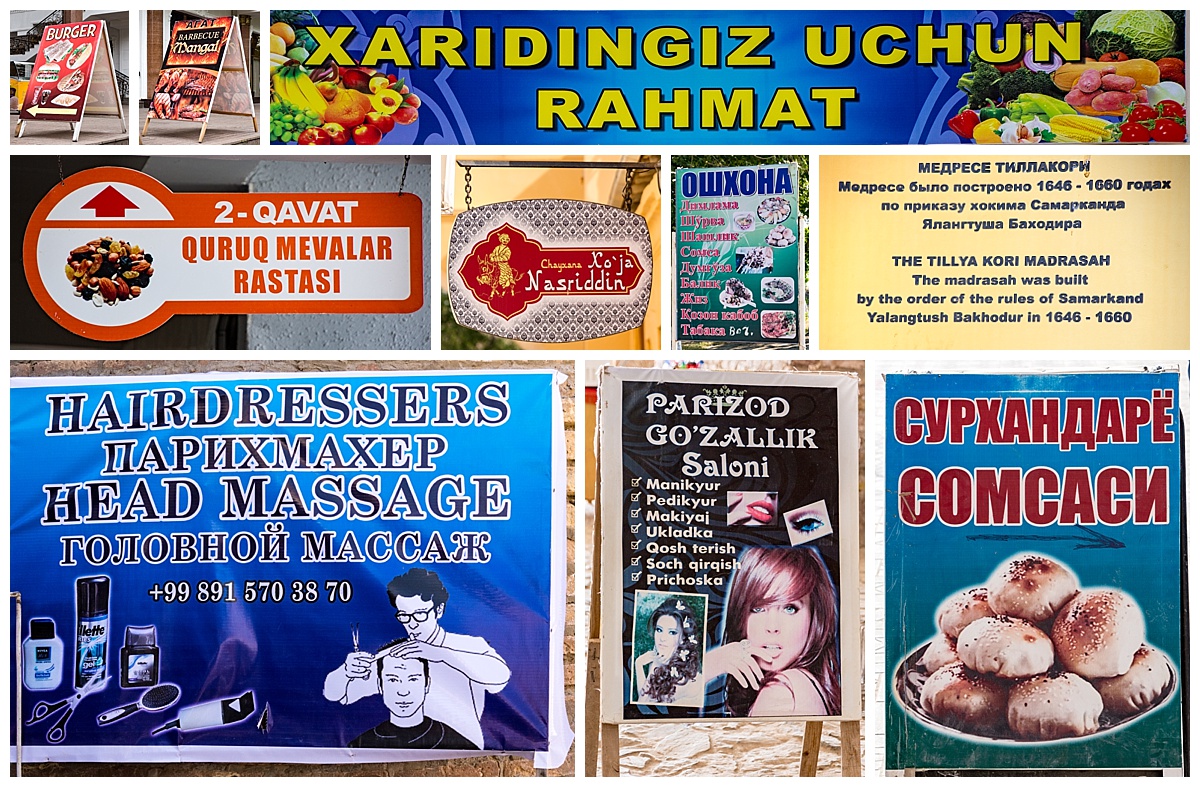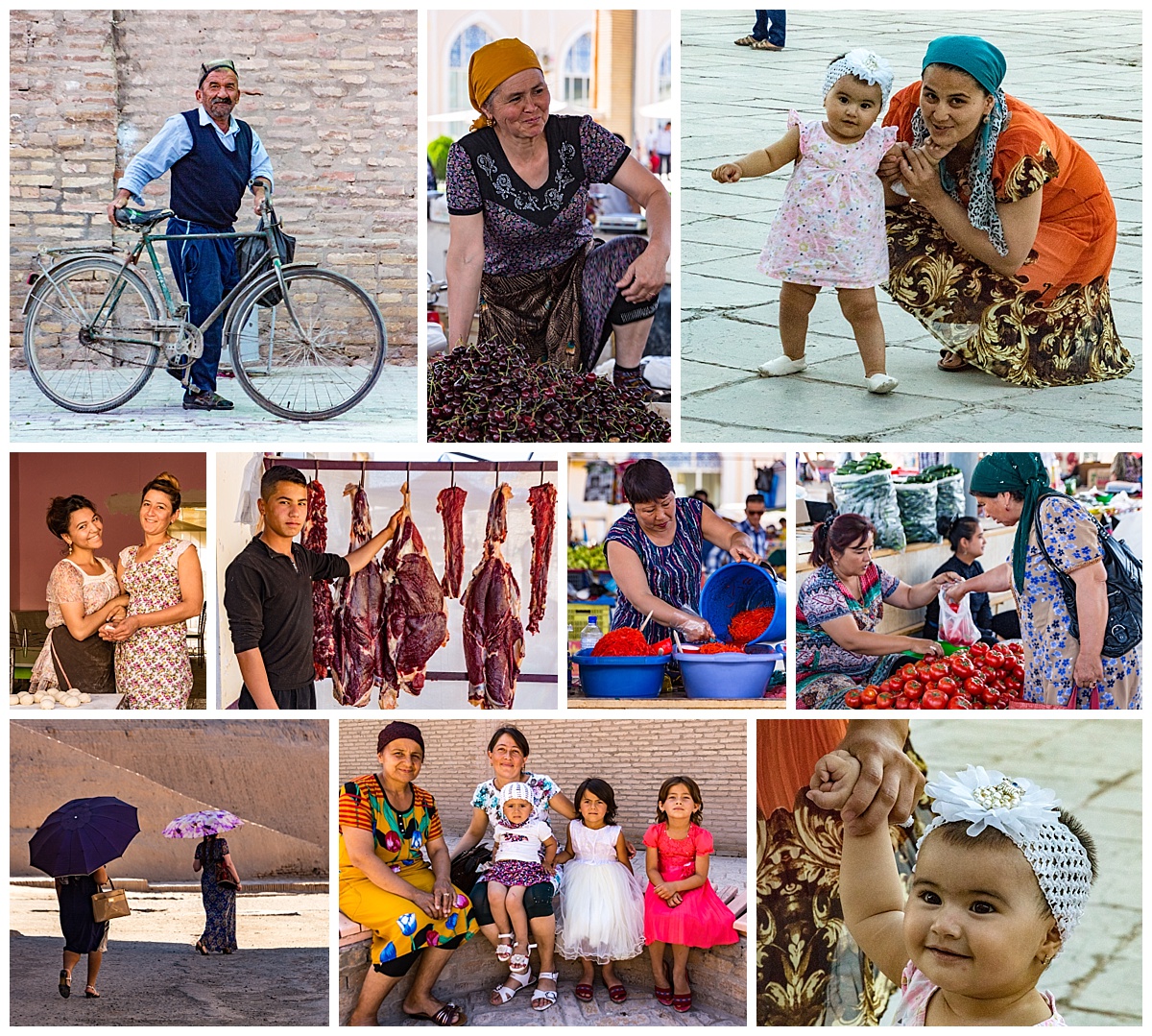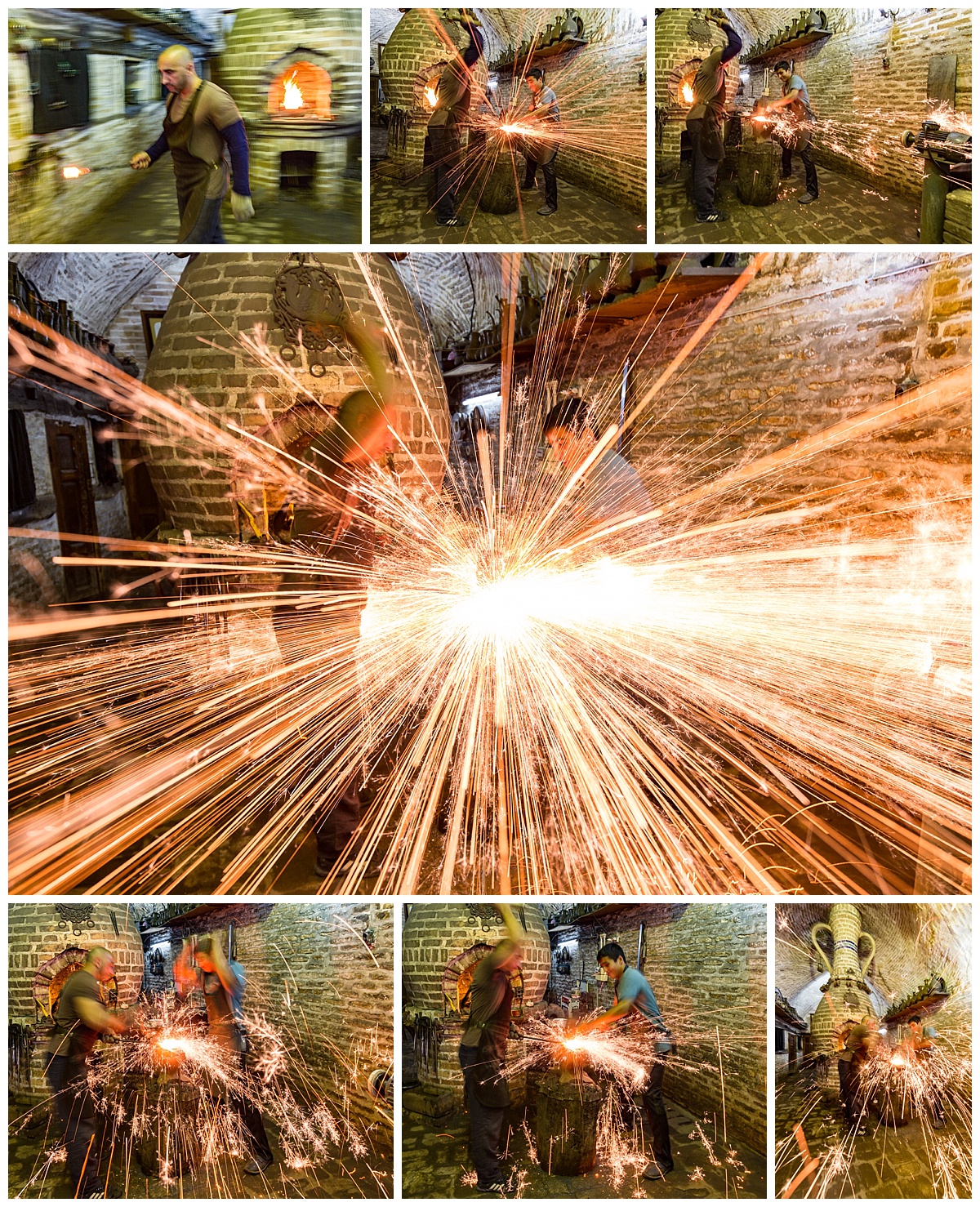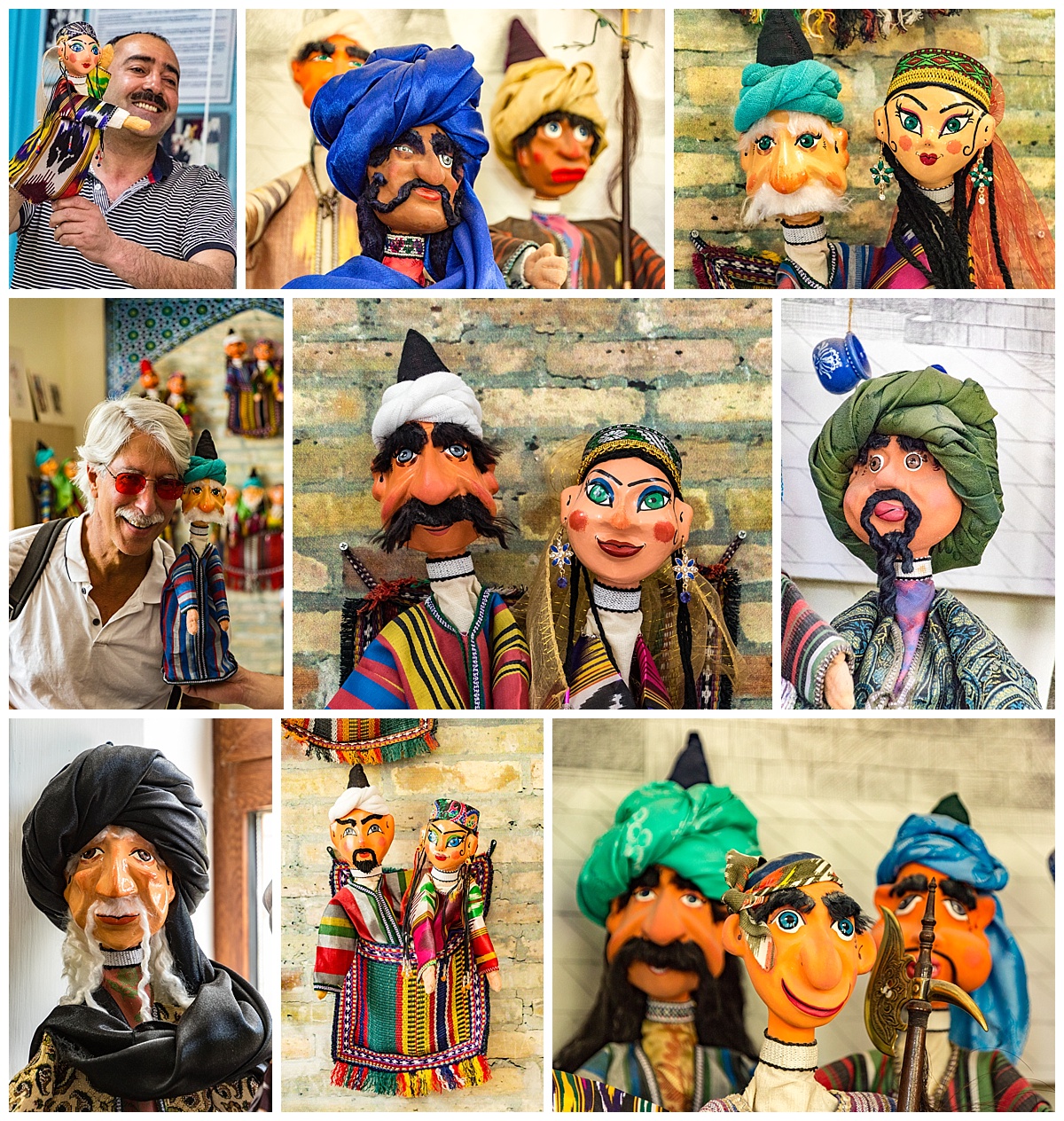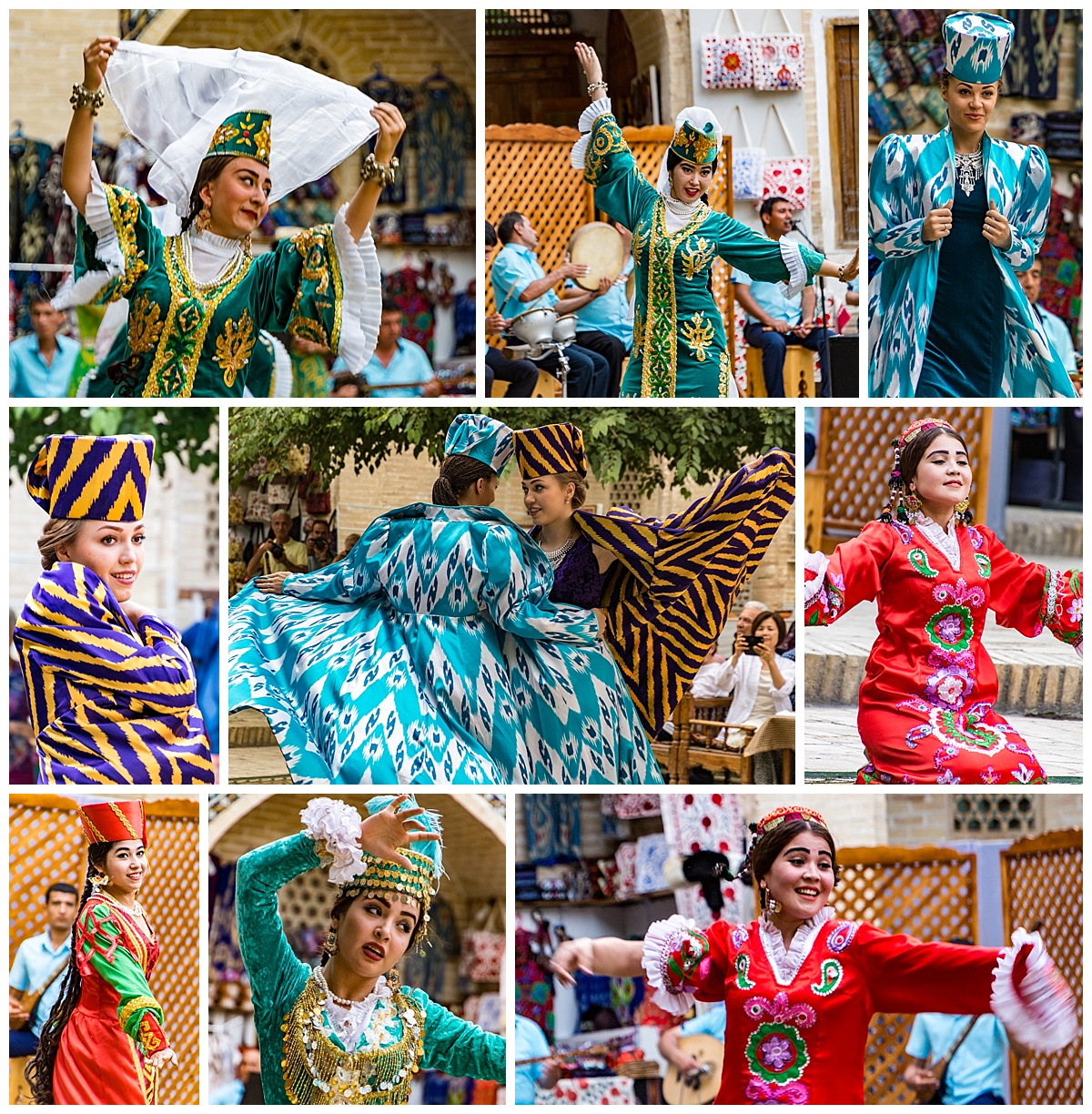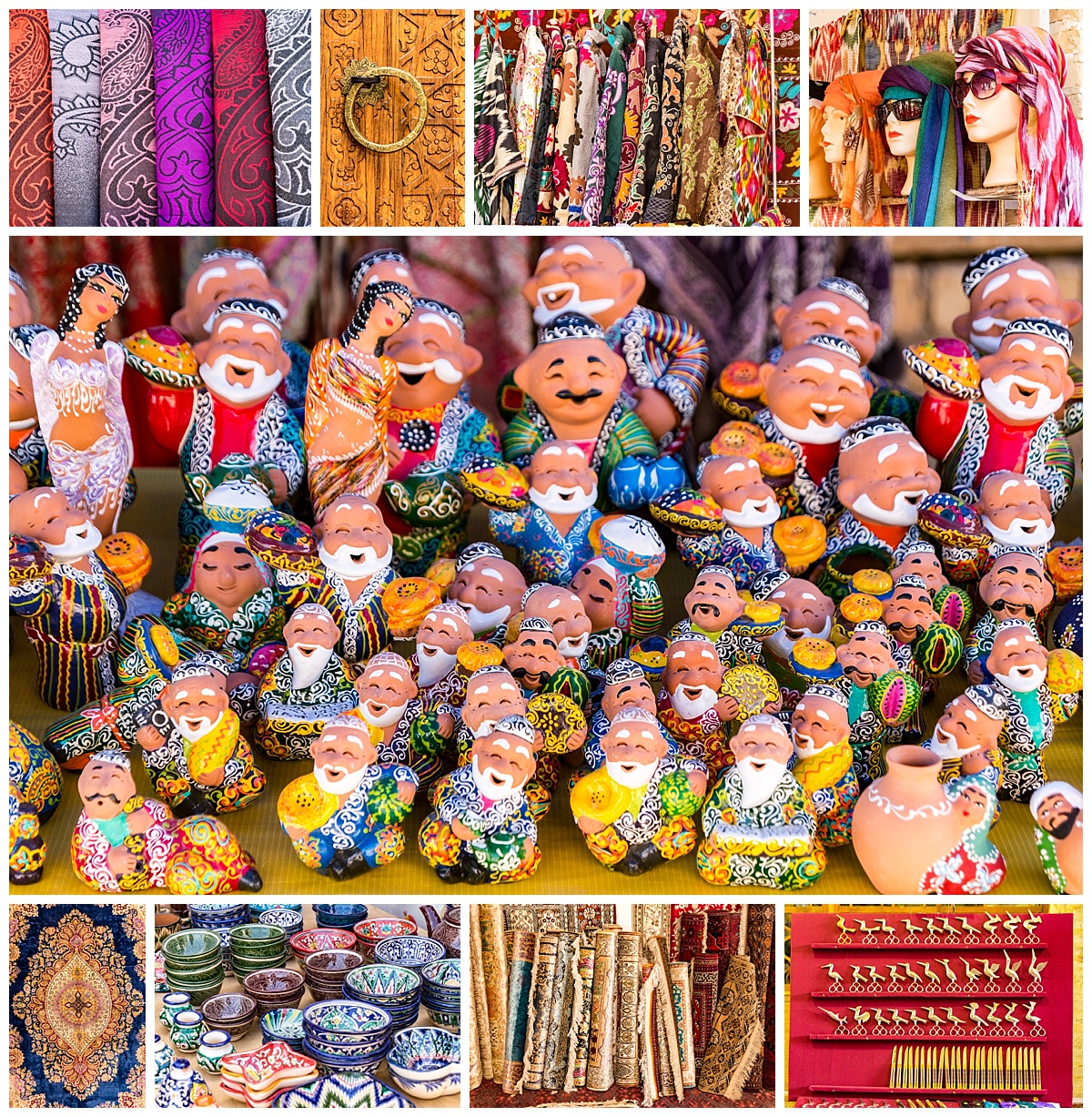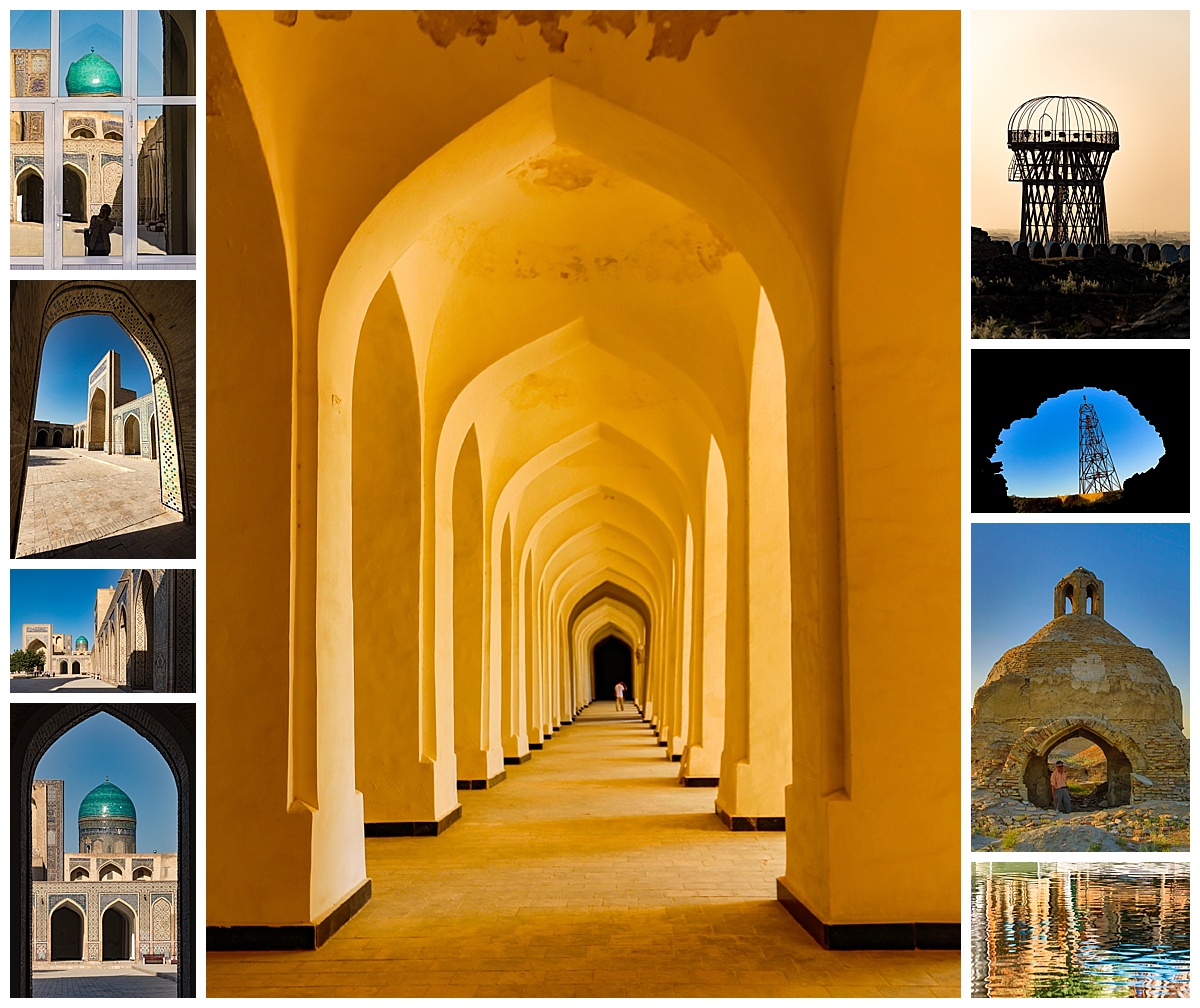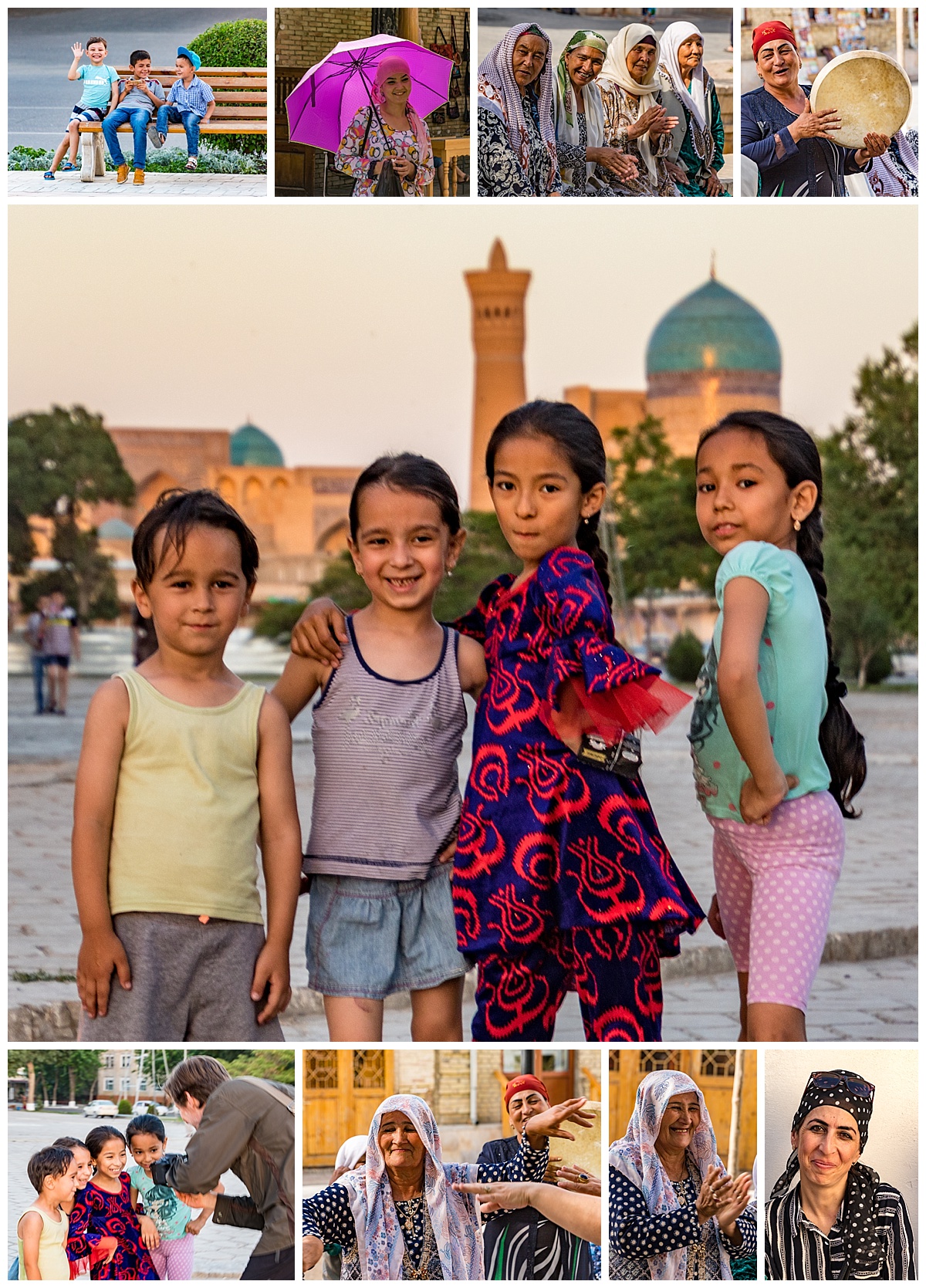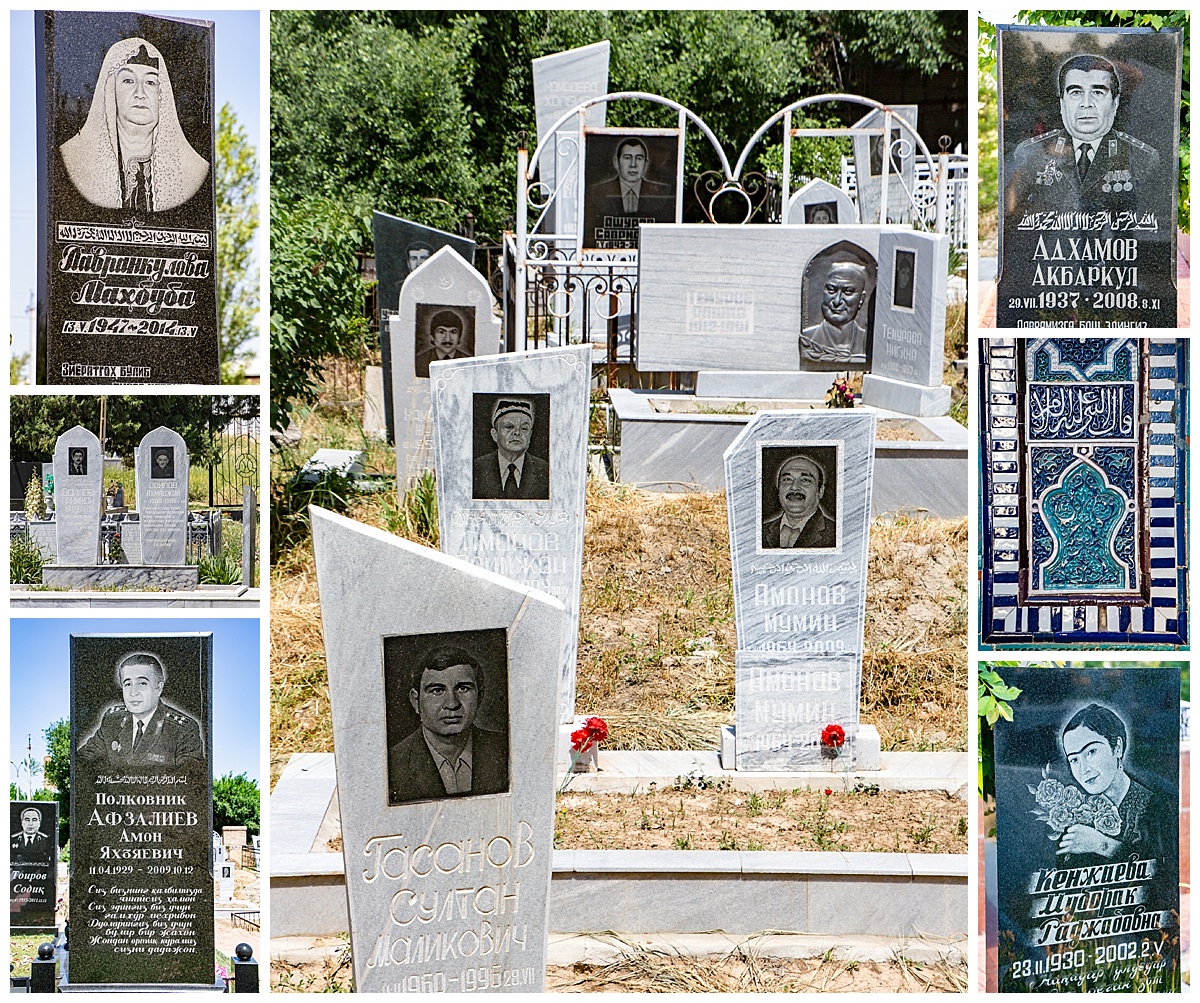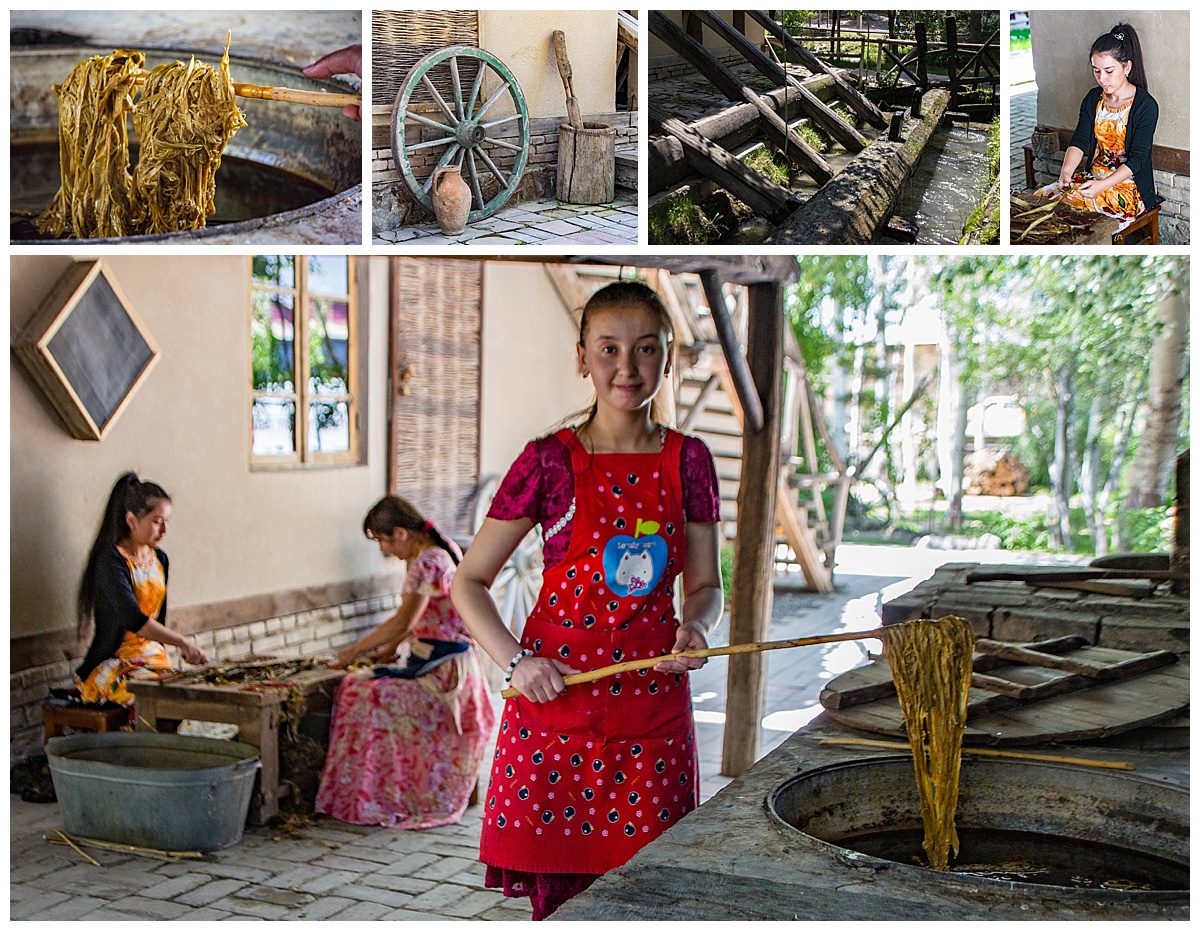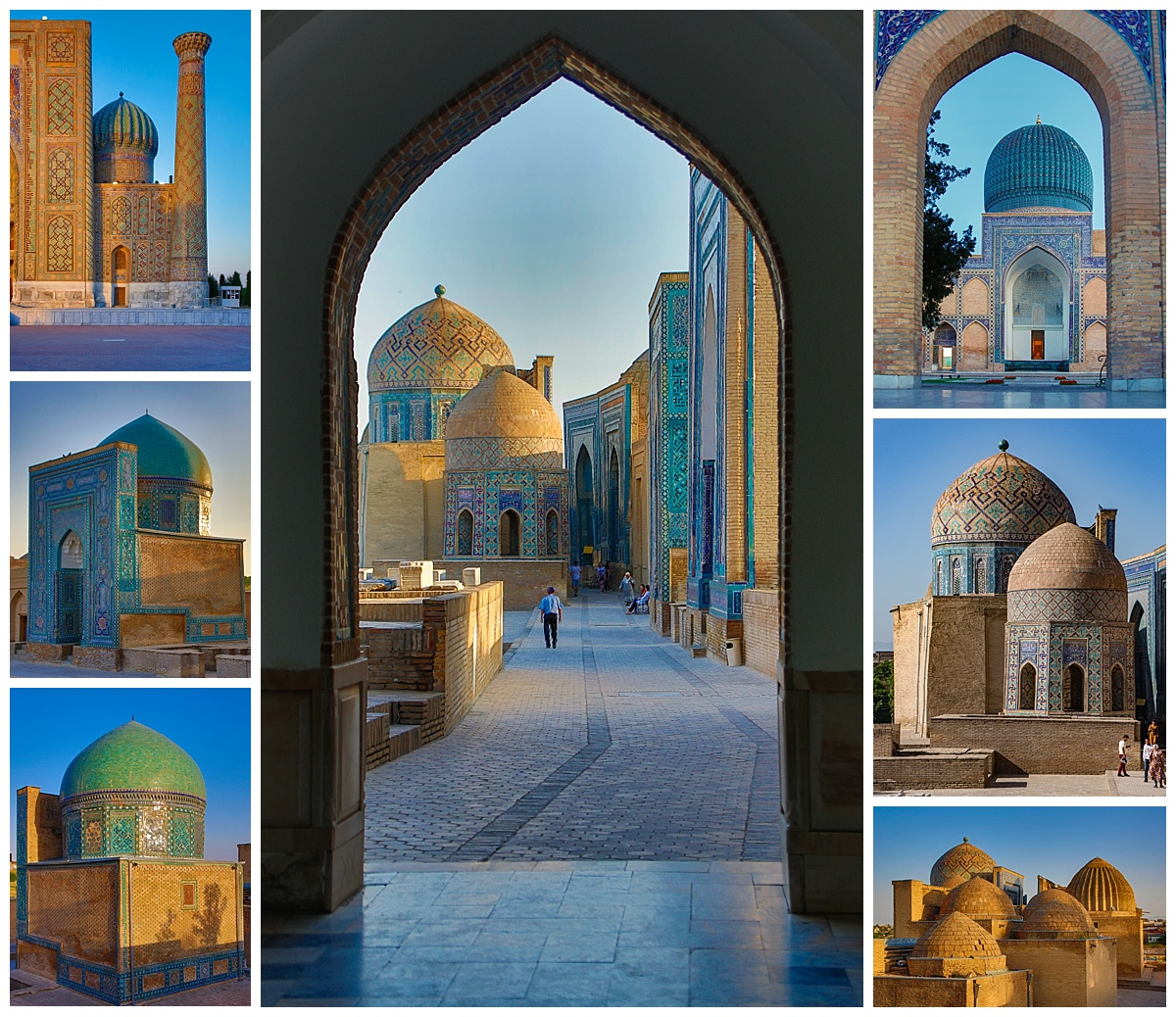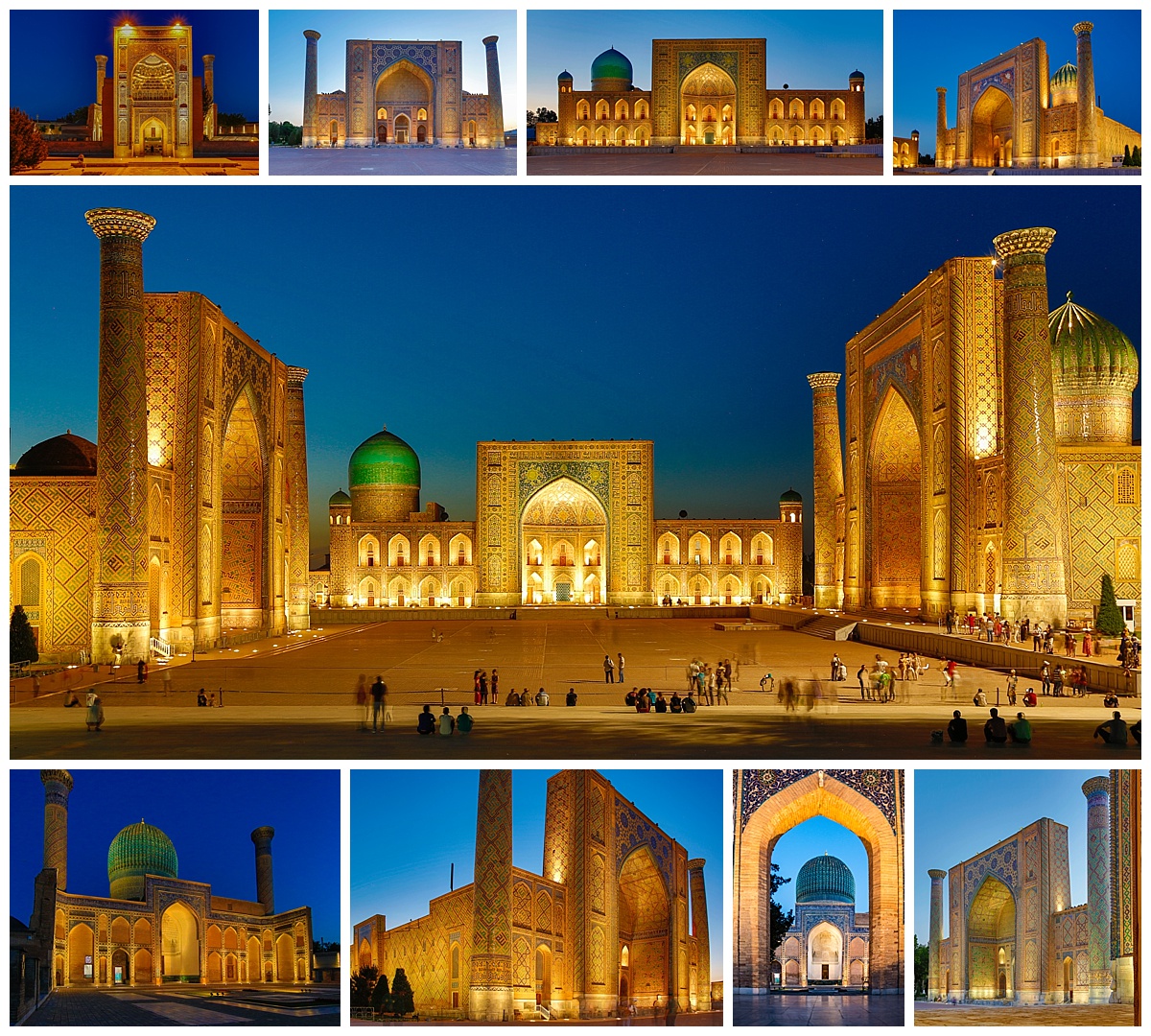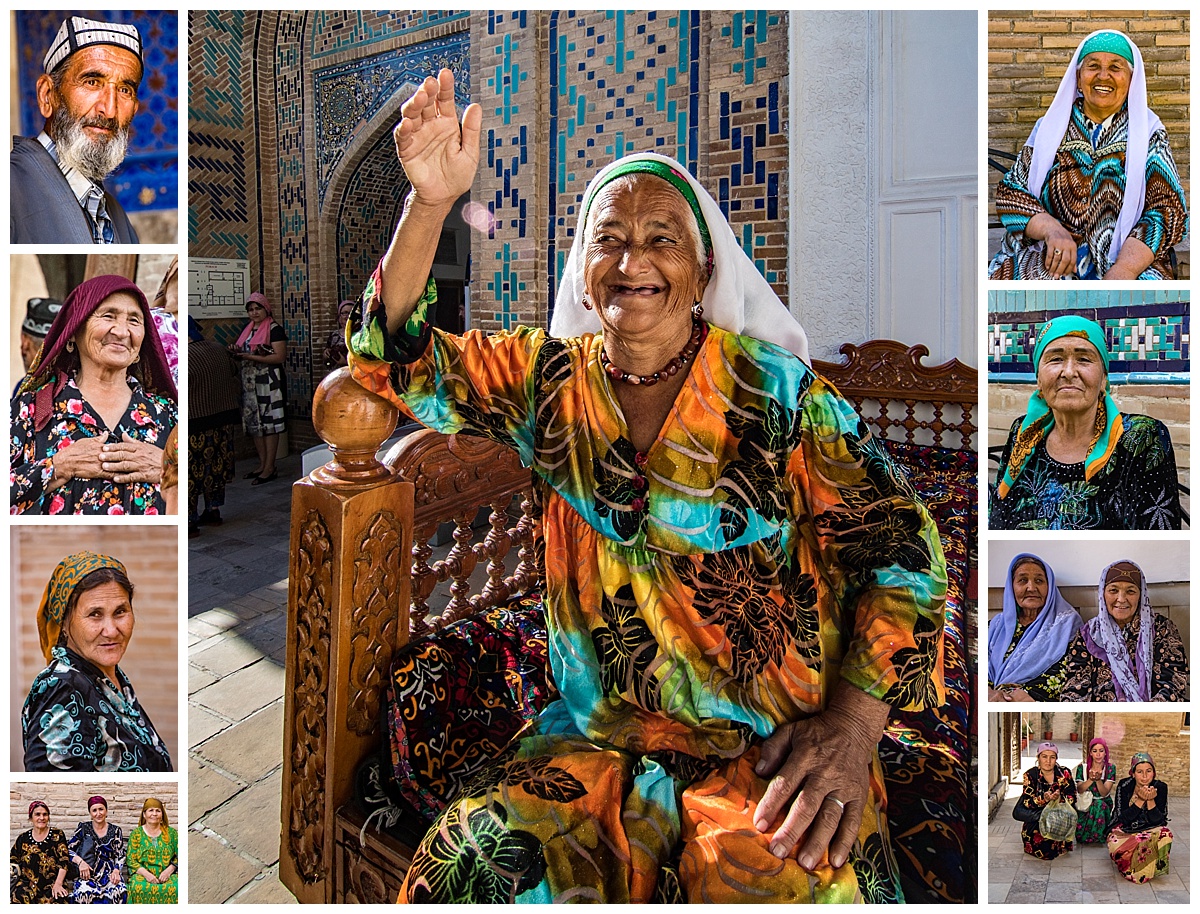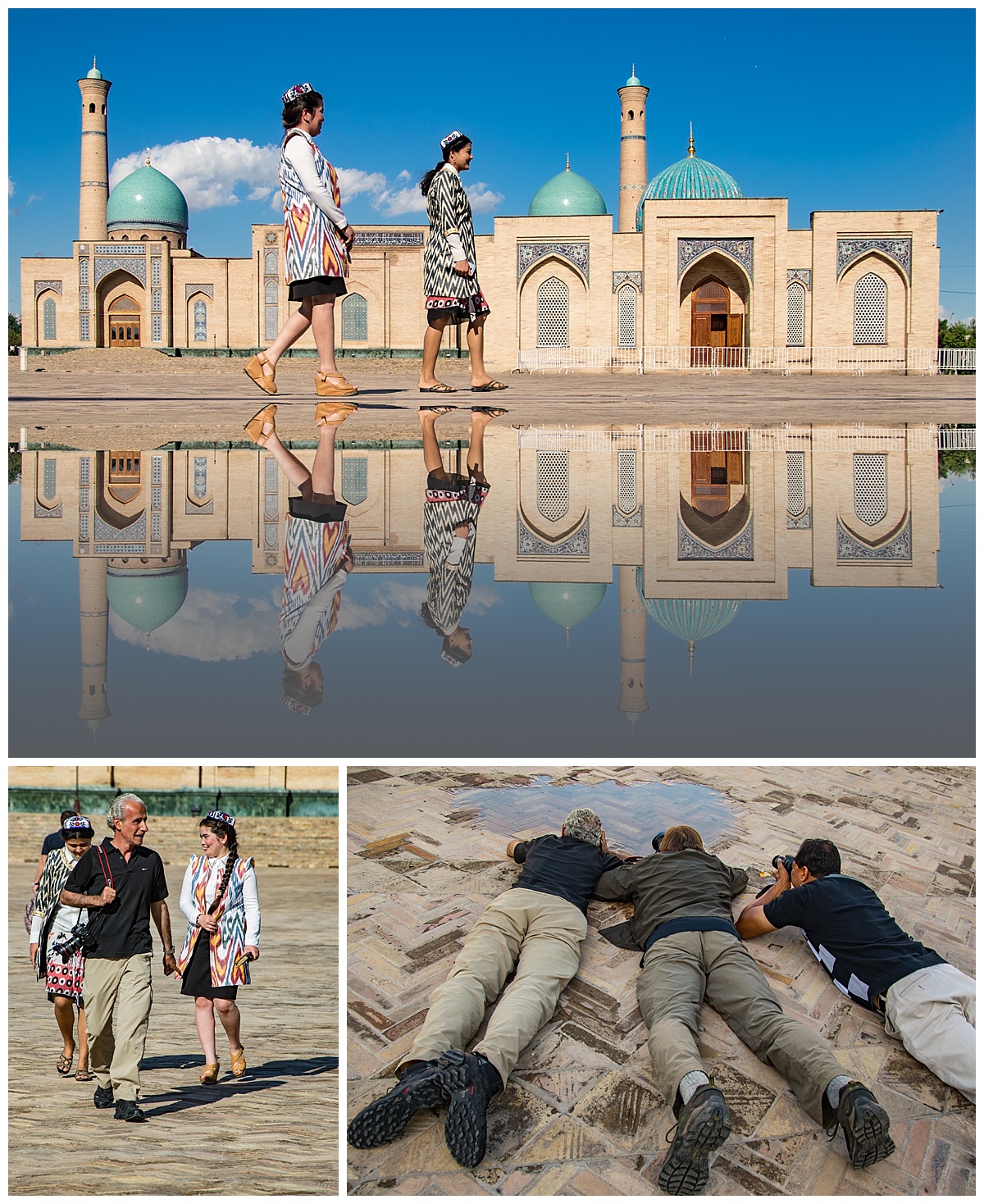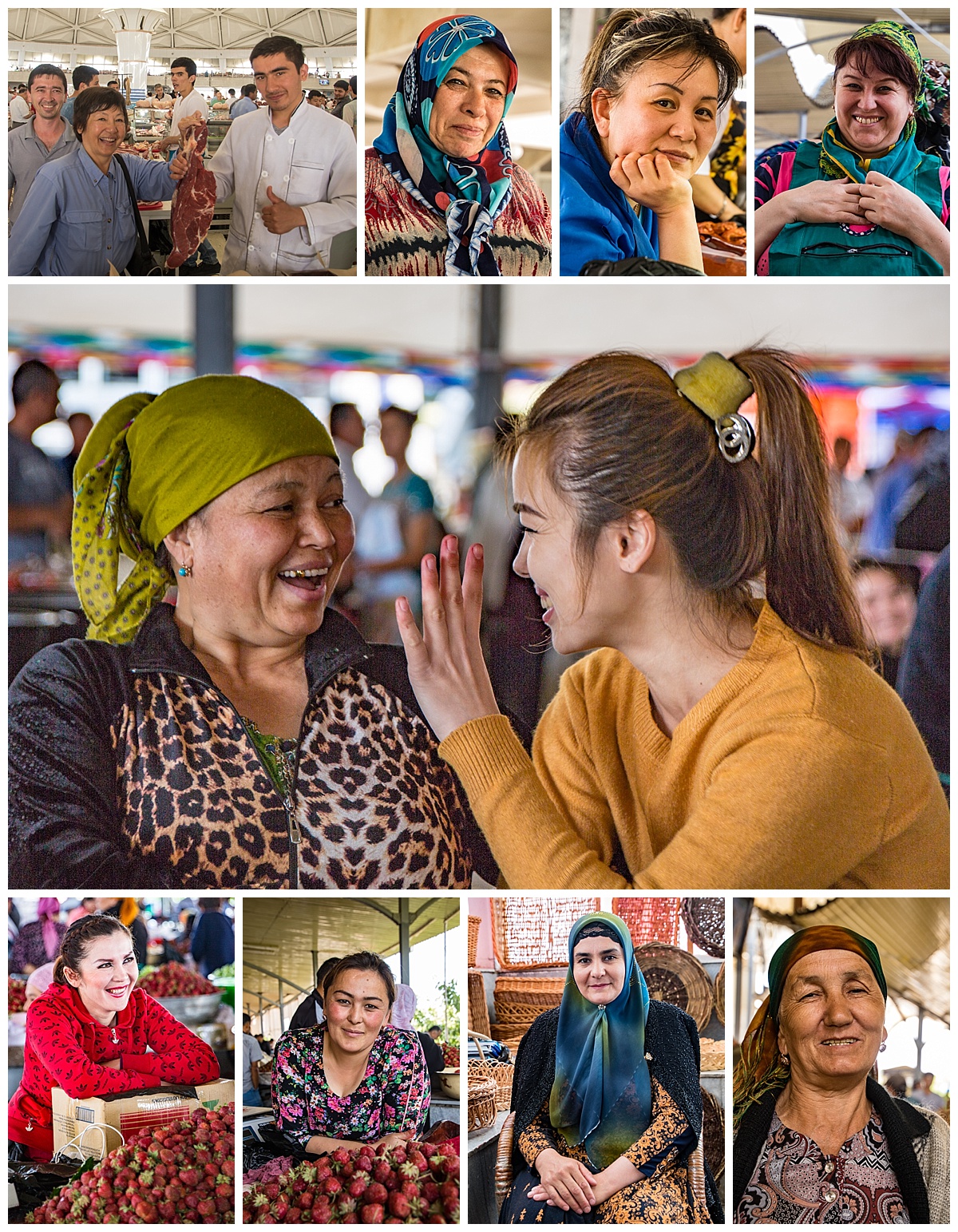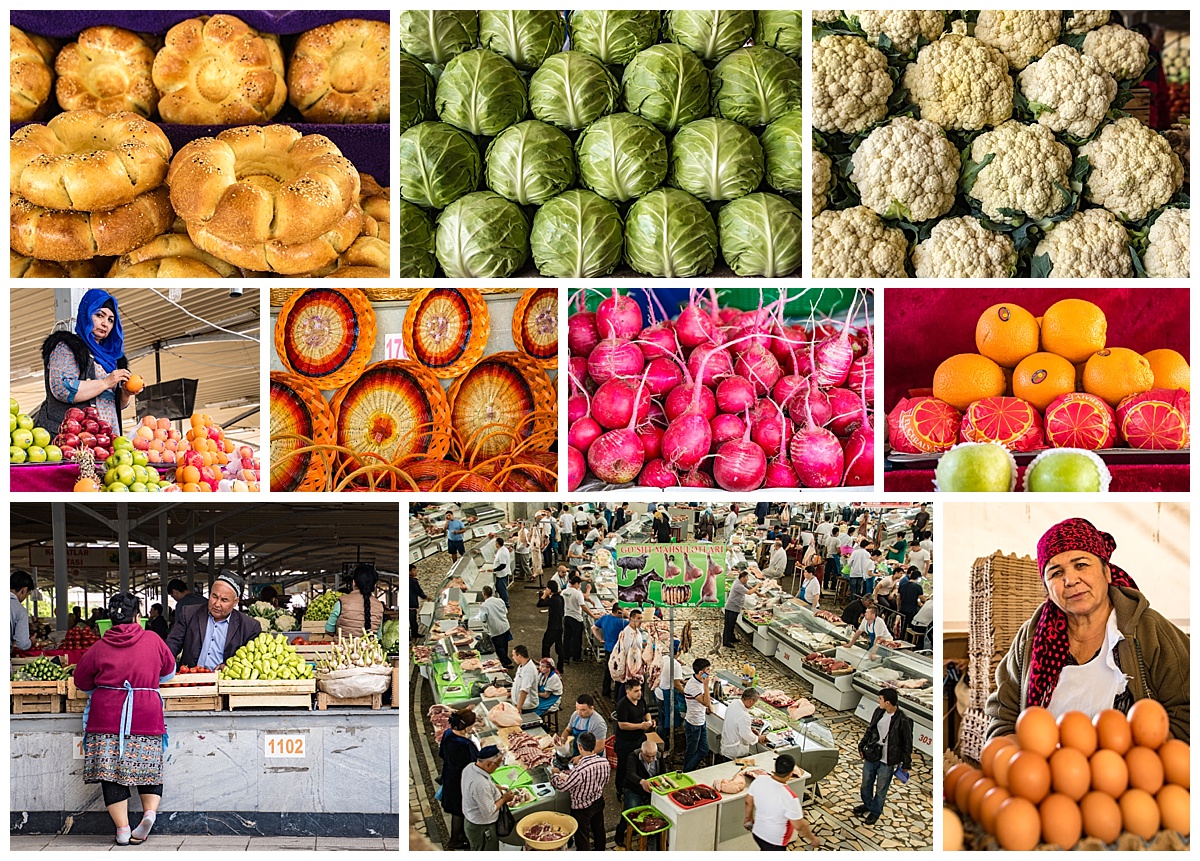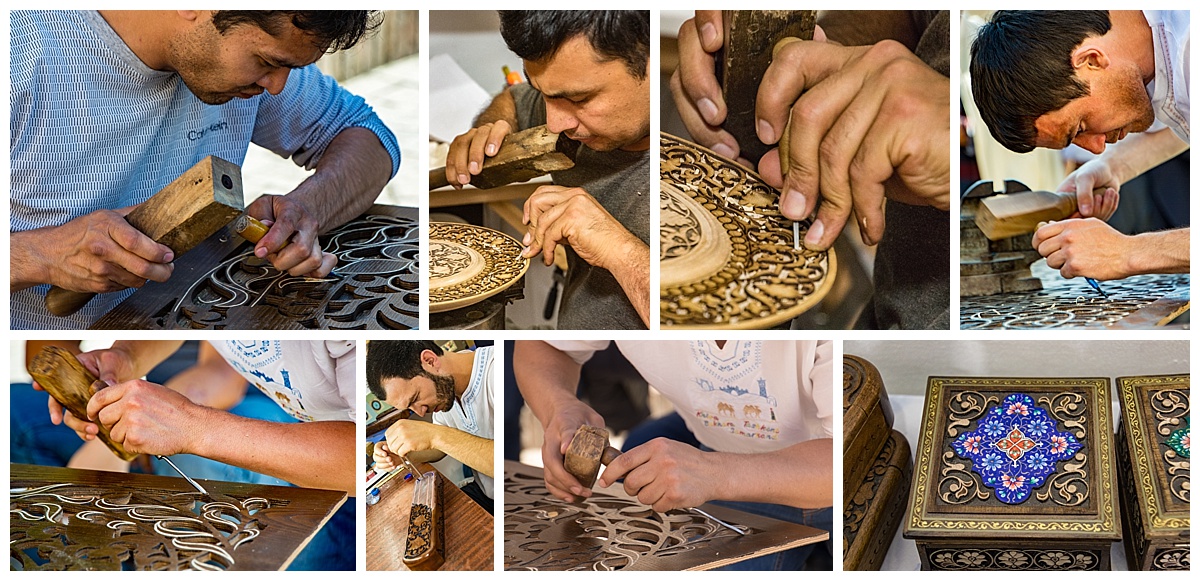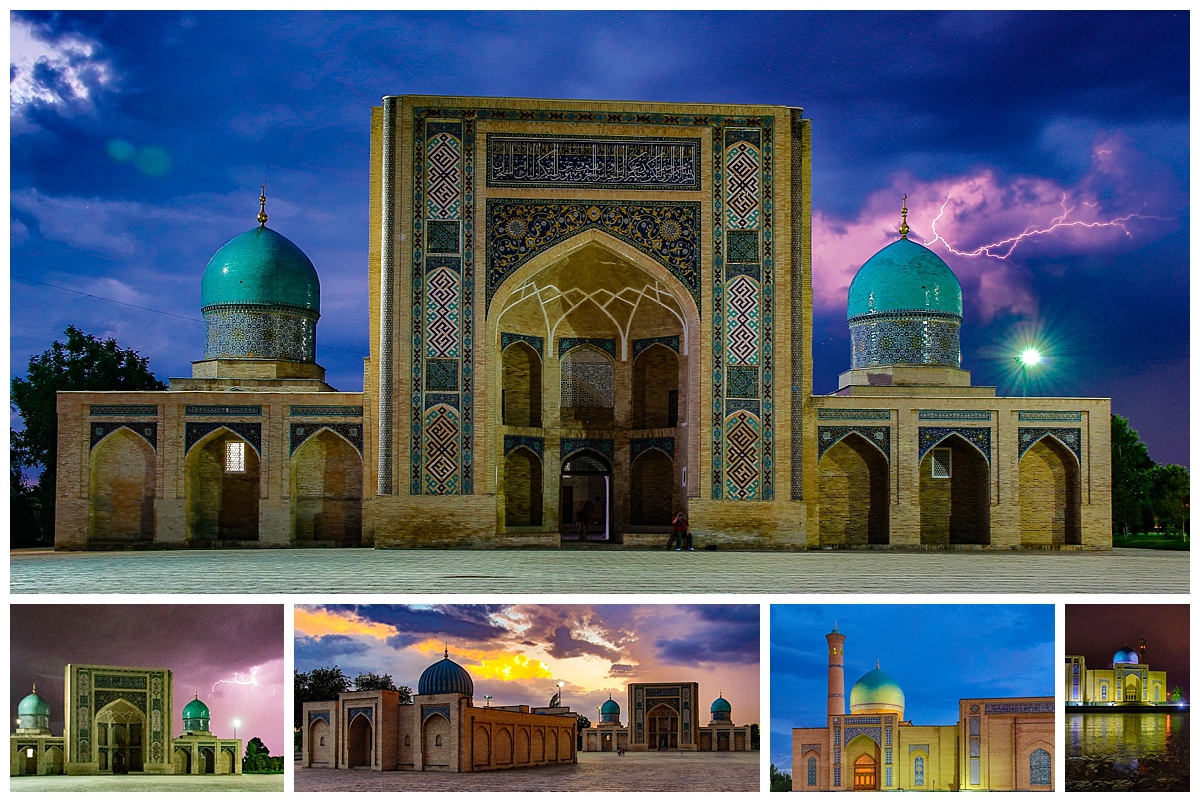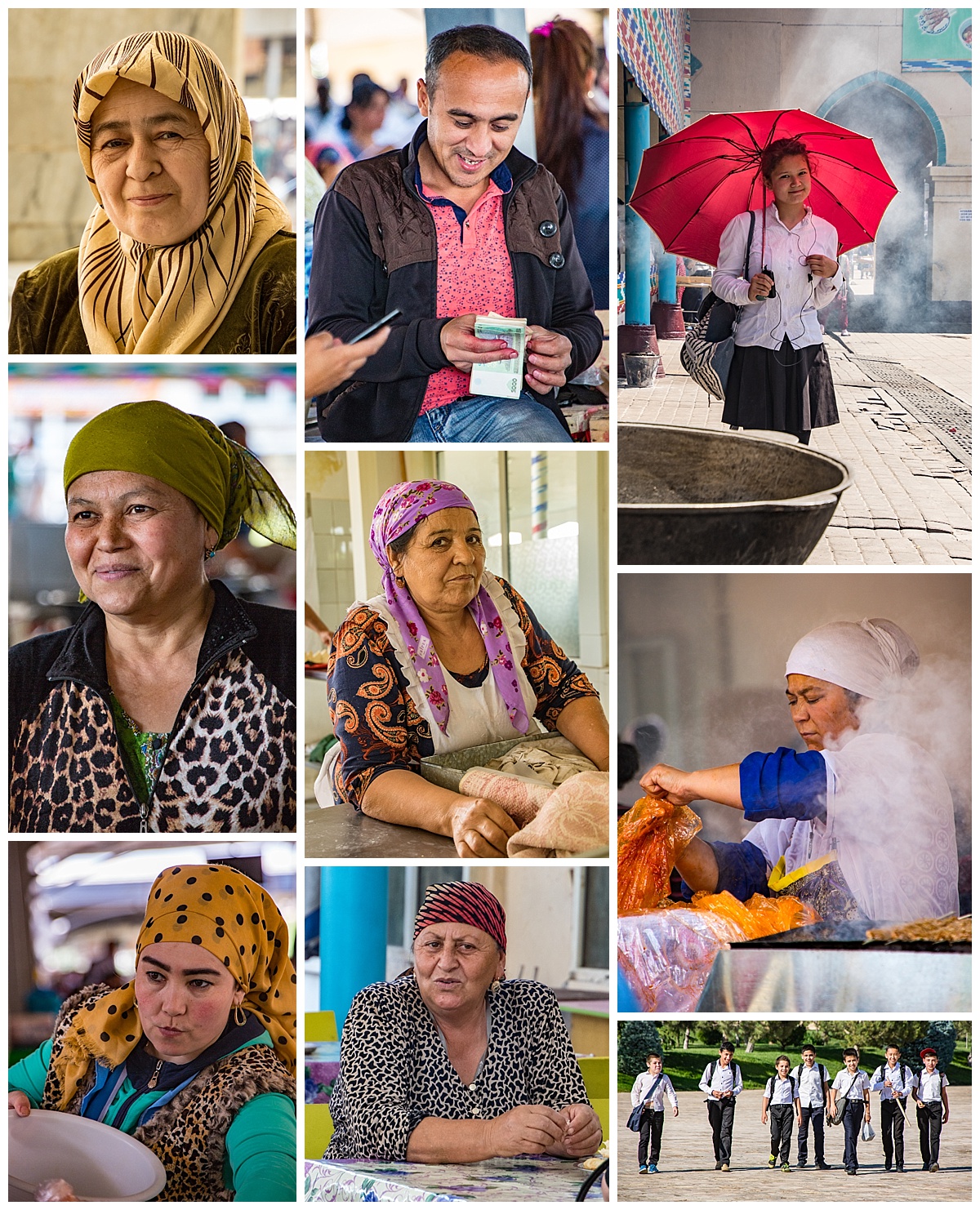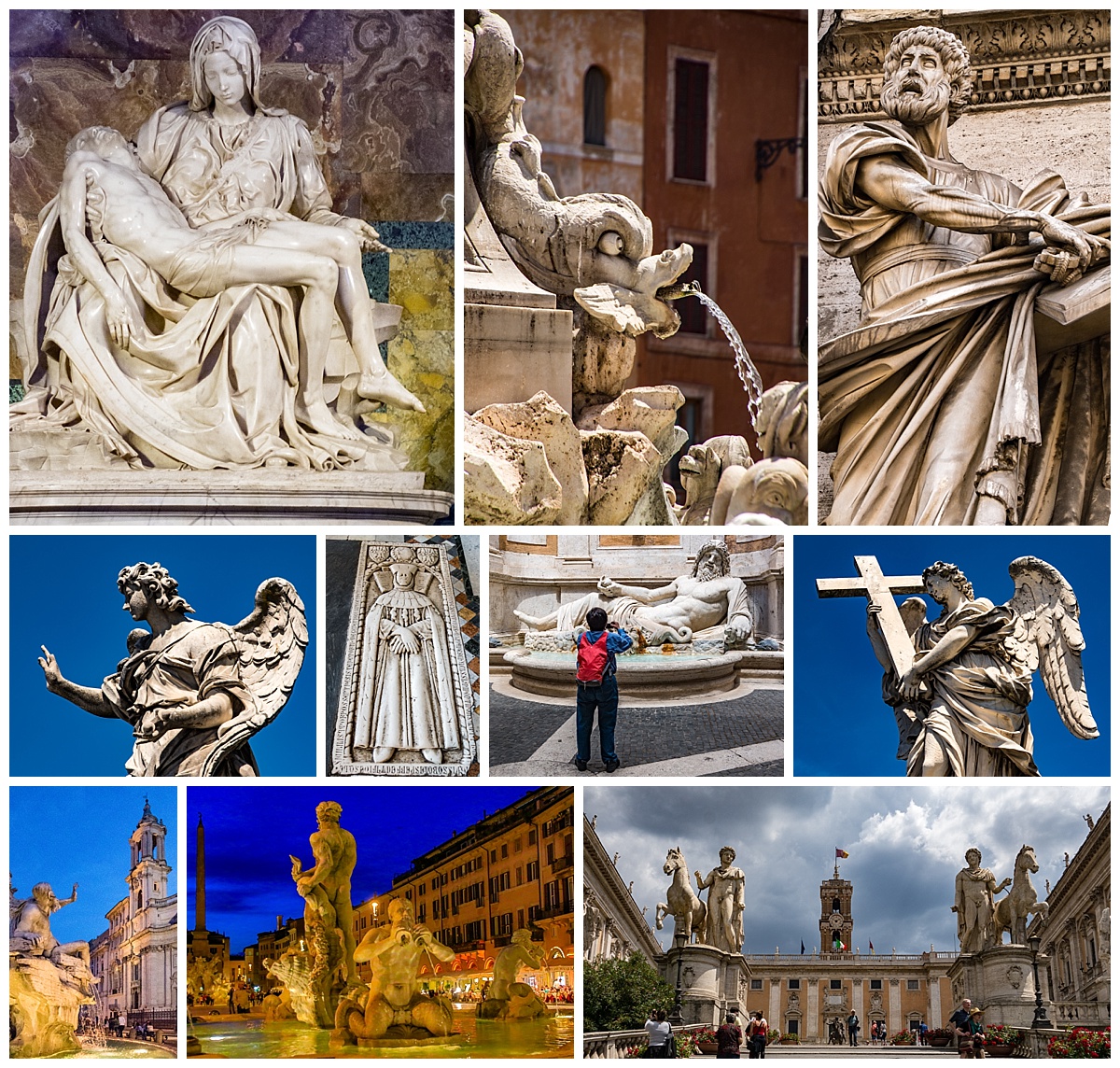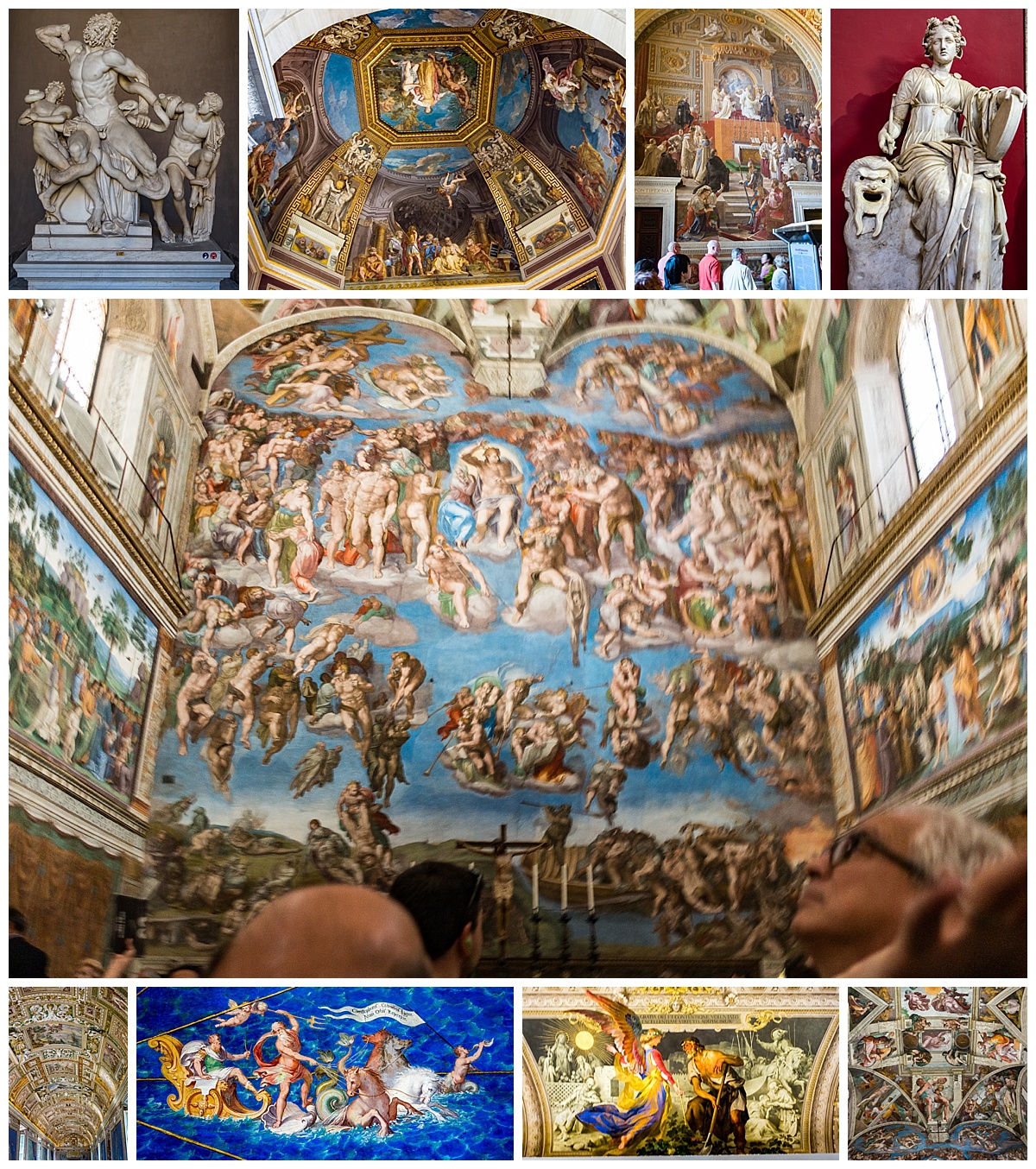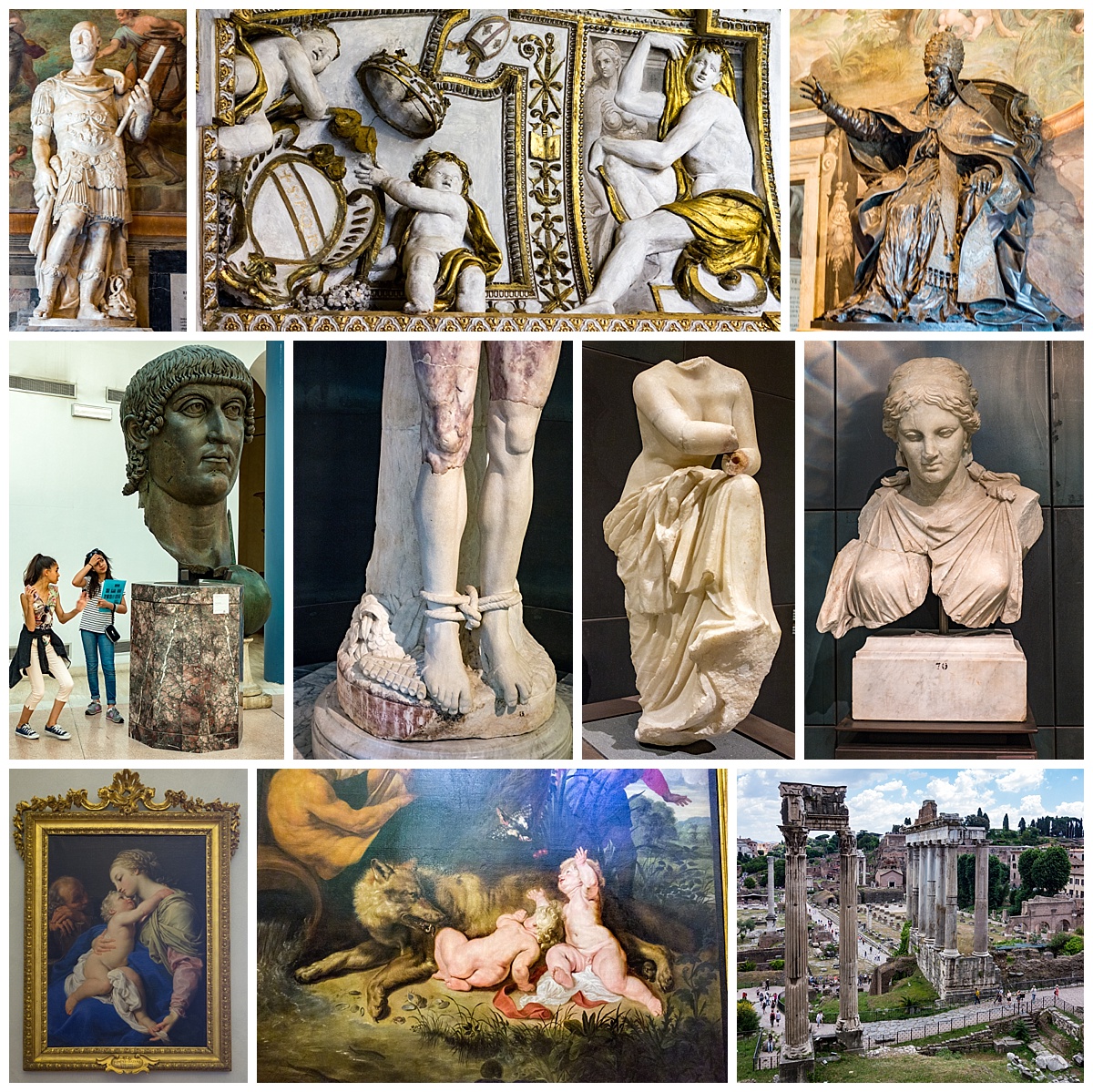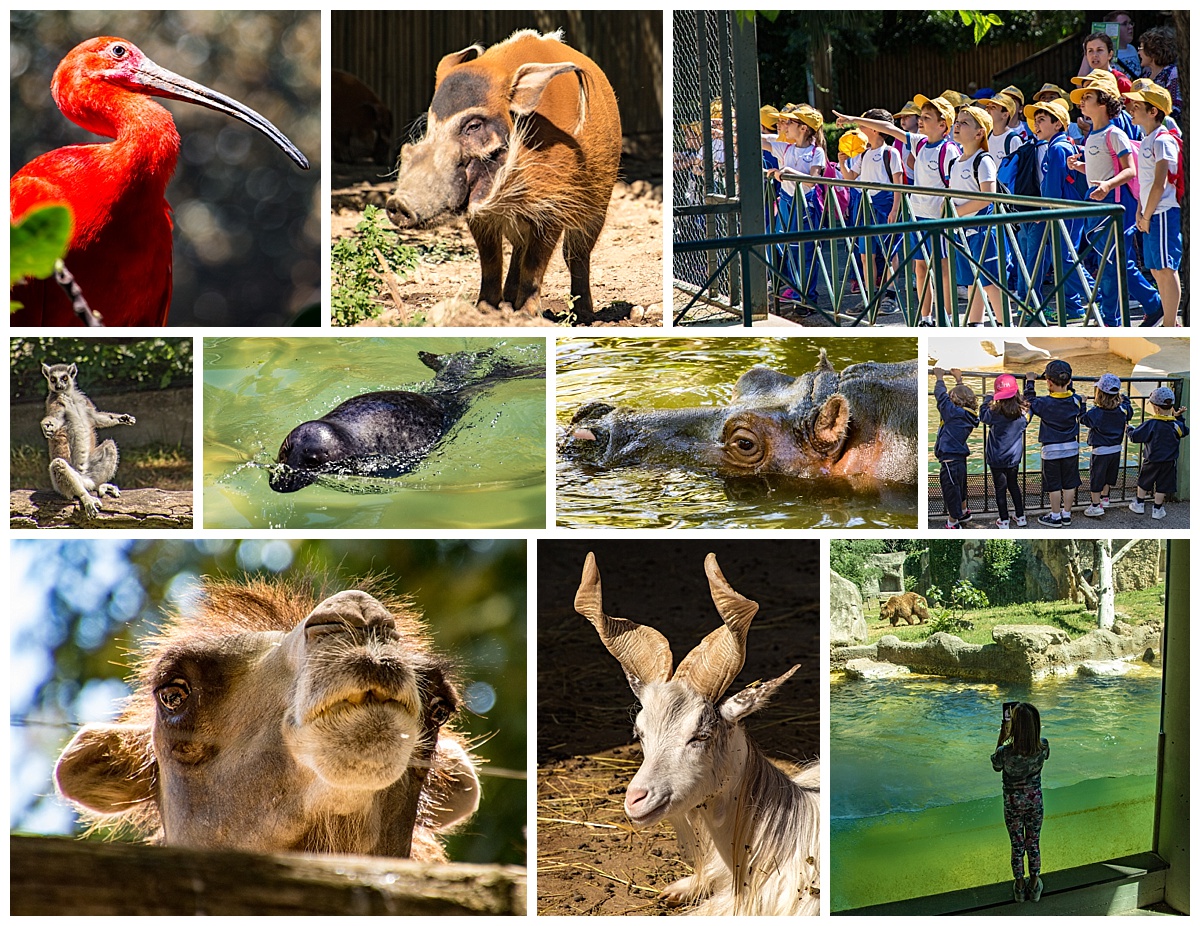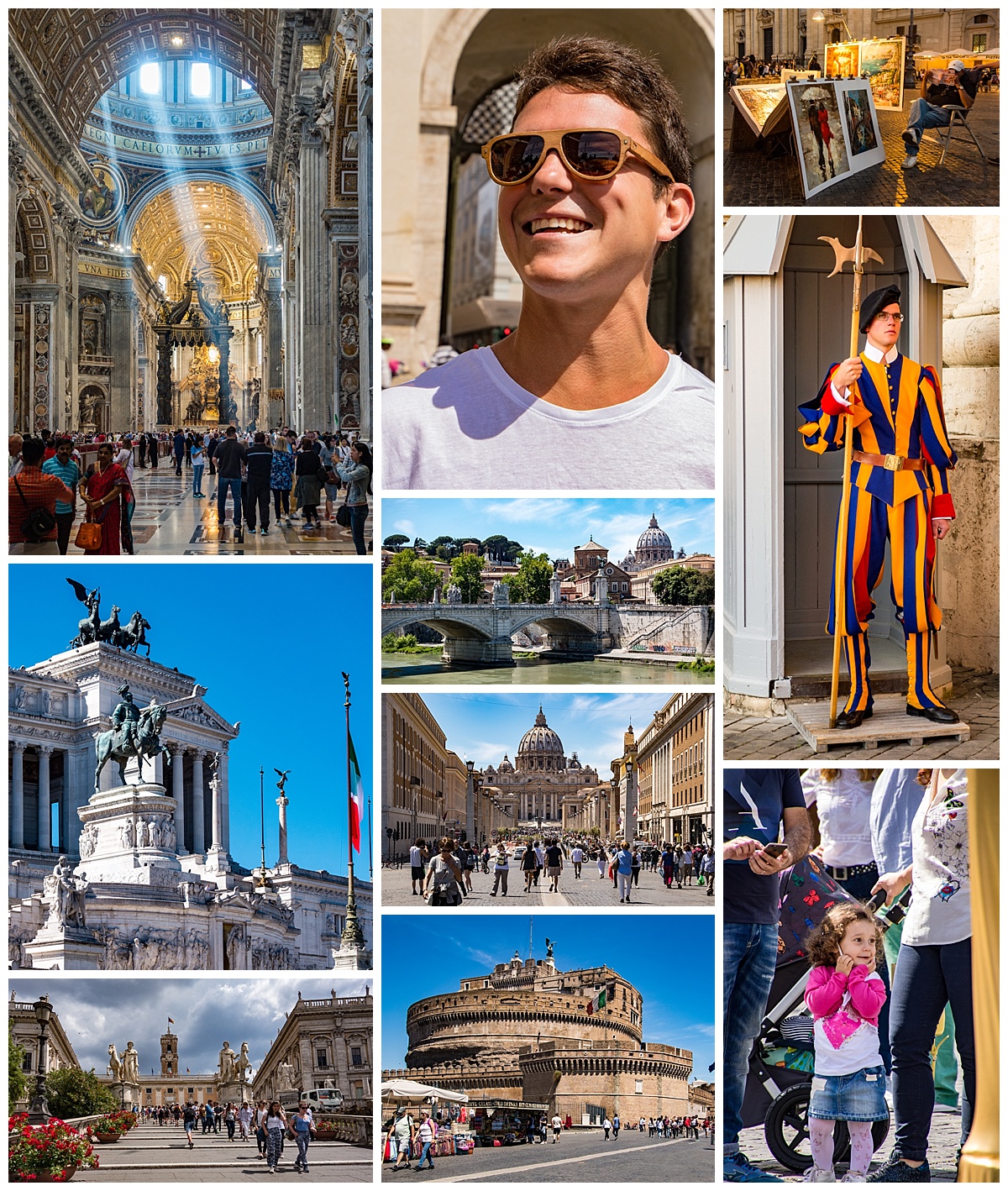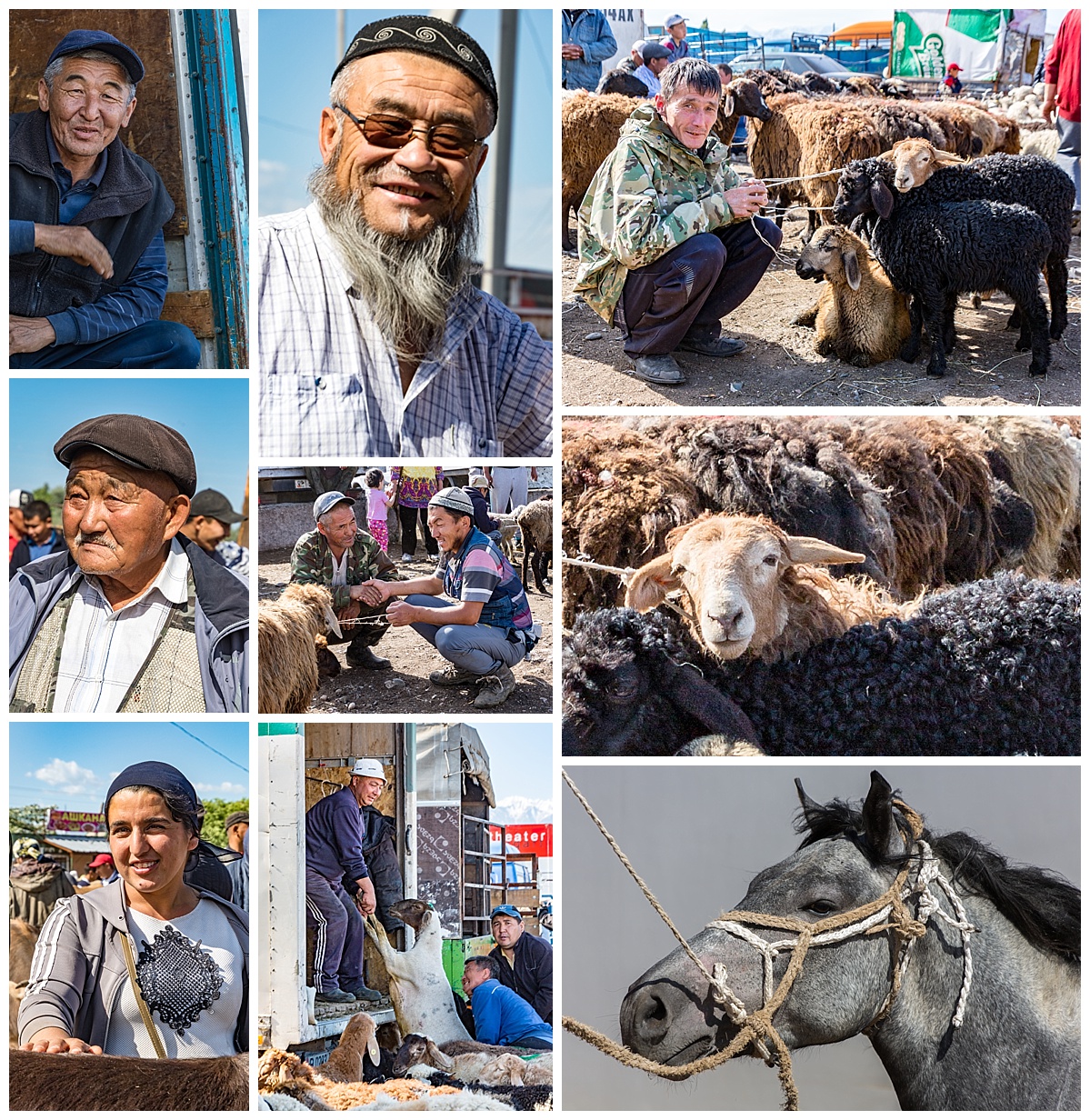
Our final days in Kyrgyzstan were long ones spent in Issyk Kul. In the early morning, we visited a chaotic animal market that is open only on Sundays. It was very similar to those we have visited in Ecuador, though sheep were the predominant animal, and there were no pigs at all (being an Islamic country, pork is less common). There were also sections of cattle (not shown), horses (lower right) and chickens, but sheep took center stage for us.
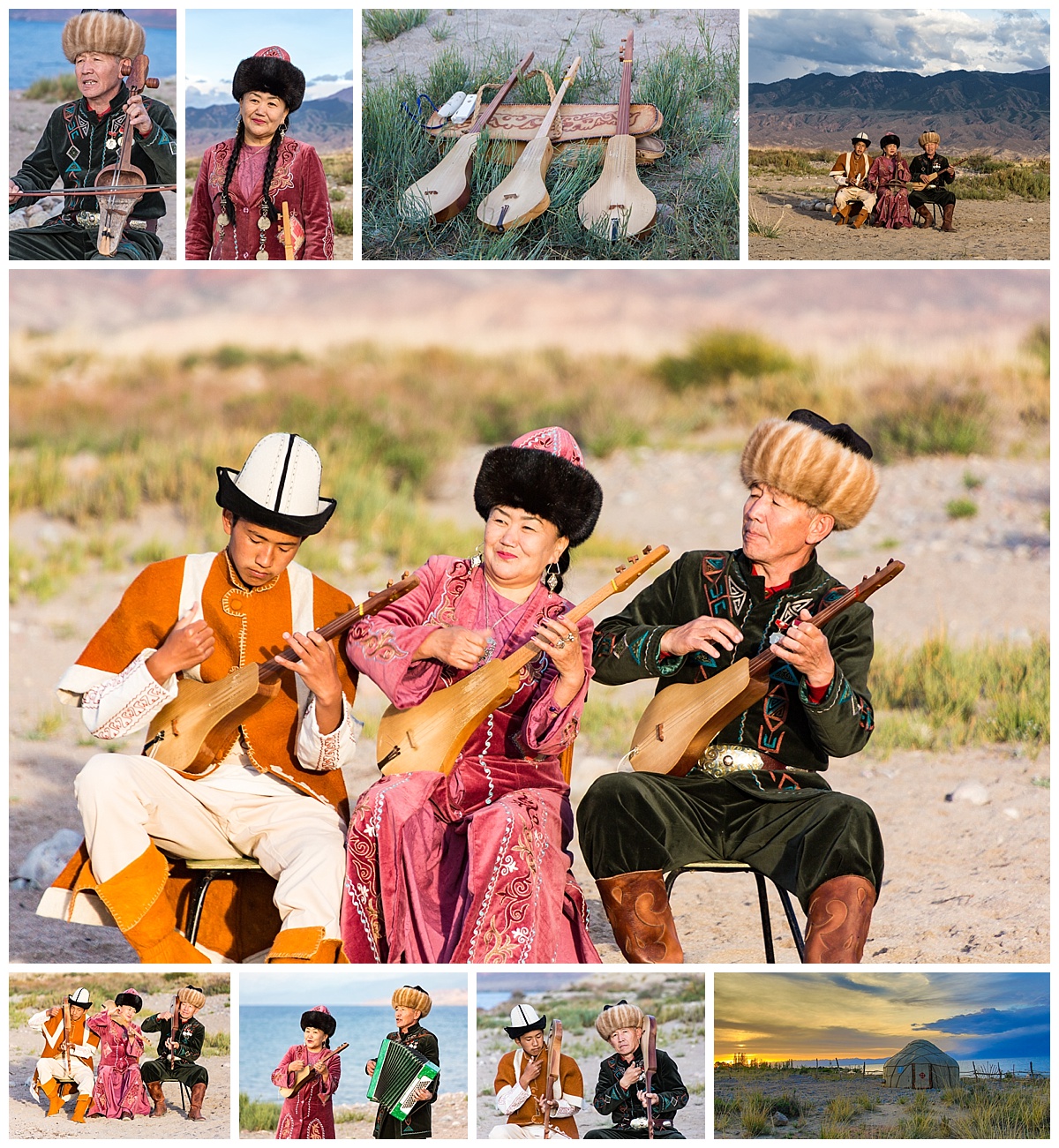
As the sun began to set, Mehmet arranged for a private concert by a family of three musicians along the shoreline, seen above. Stone-face at the start, the family members started to loosen up as they played and got into the swing of the music.
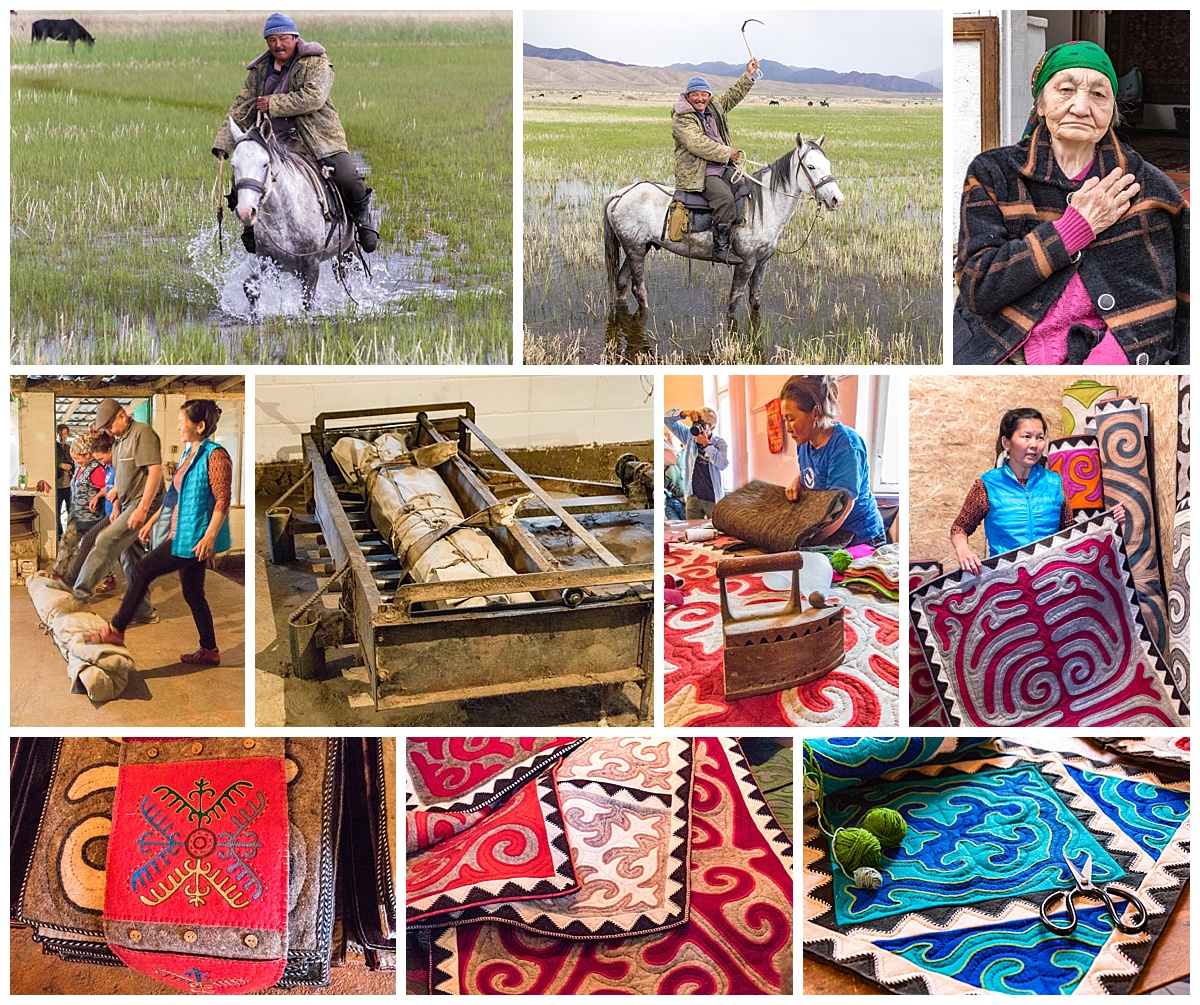
Enroute to a felt-making enterprise, we saw a cowboy working with his cattle in a flooded field. We pulled over to take some photographs, and he galloped over to us in a swamp, waving at us and having a grand time.
The felt was made in three small rooms. One was used to separate the wool and create loose felt pads (not shown). The second was used to produce a rough pattern, then dry the felt. Originally the drying was done by manually kicking the rolled up felt for three to four hours (middle left), but the family then created a machine (middle second) that reproduces the kicking mechanics — and is rather loud while doing so… The last room is where the finishing touches are added, and the final product is displayed.
These felt rolls are widely used to make yurts to add strength, warmth and decoration. Mehmet (our tour guide) bought one (middle right) as a rug for his home.
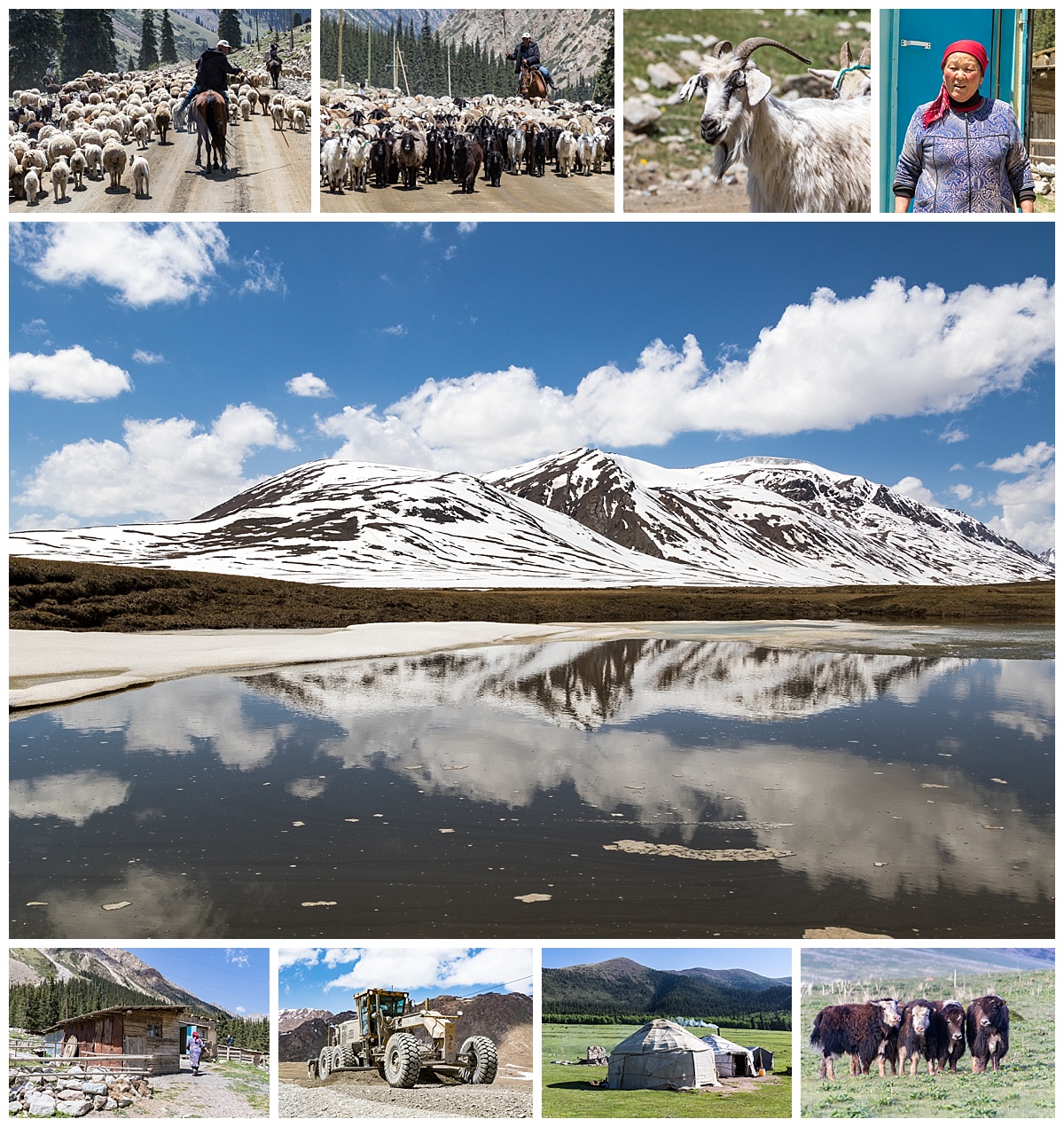
As we were driving up to the alpine lakes (center) for reflection shots of the snow covered mountains, we stopped several times for herds of sheep traveling along the same road to their pastures (top row). We stopped at a small home with an outhouse (bottom left) to eat a picnic lunch we had brought along with us. The roads along this stretch were in truly awful shape, but there were signs that the government was trying to improve them (bottom second). There was even a small bank of yaks in one field (bottom right).
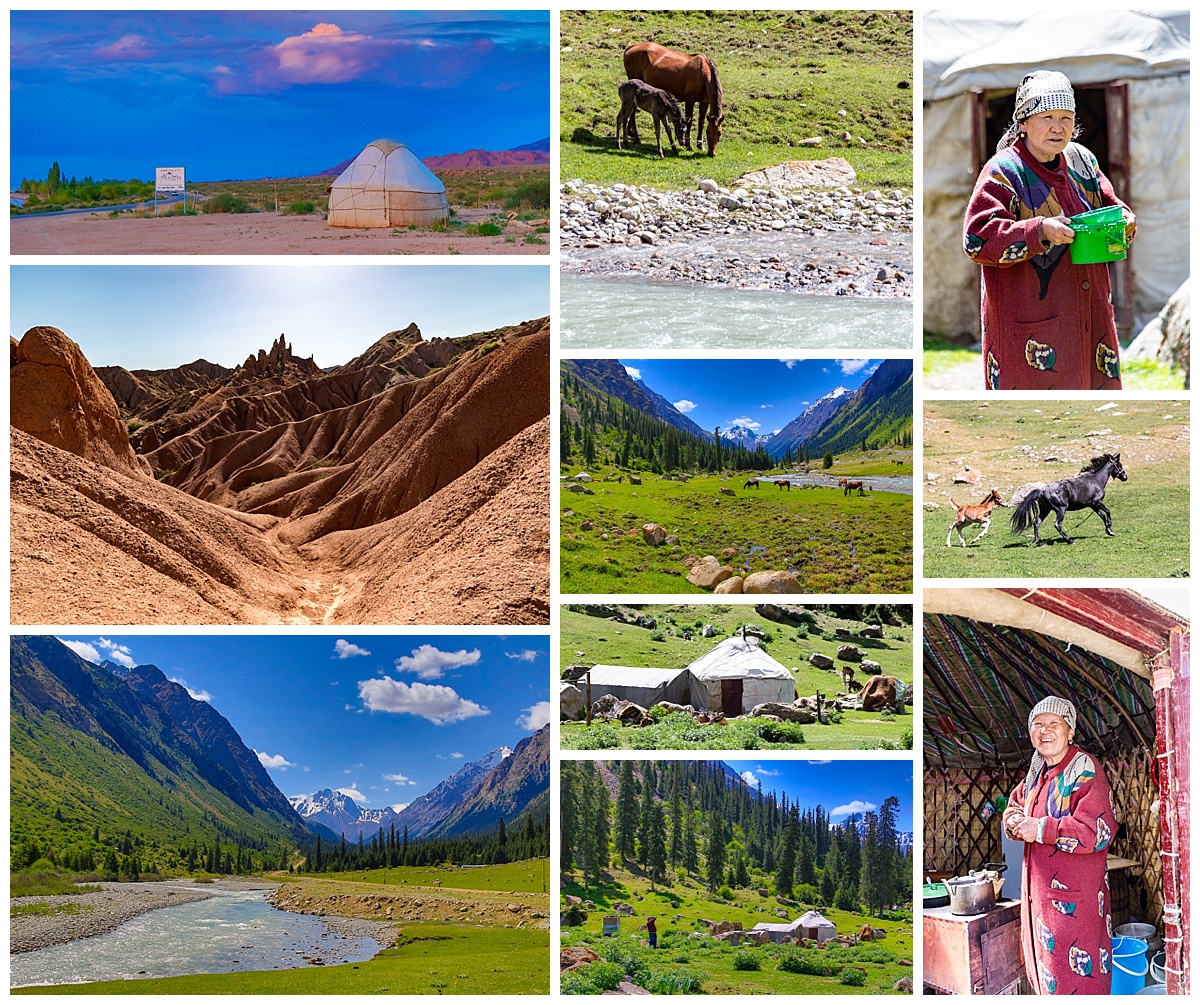
We made occasional stops along the road — to take in beautiful landscapes and to ease our abused bones from the rough bus ride. At one stop, we saw an isolated yurt in the meadow (middle) and walked across the river to get a better look. A woman came down from the mountain, saying something totally unintelligible to any of us.
Our local guide translated and informed us that it was customary for the host to share with their guests, and the woman from the yurt offered to share a pail of liquid (upper right). This was their horse milk liquor that they offer visitors. She invited us inside (lower right) and we spent the next 20 minutes or so as her guests.
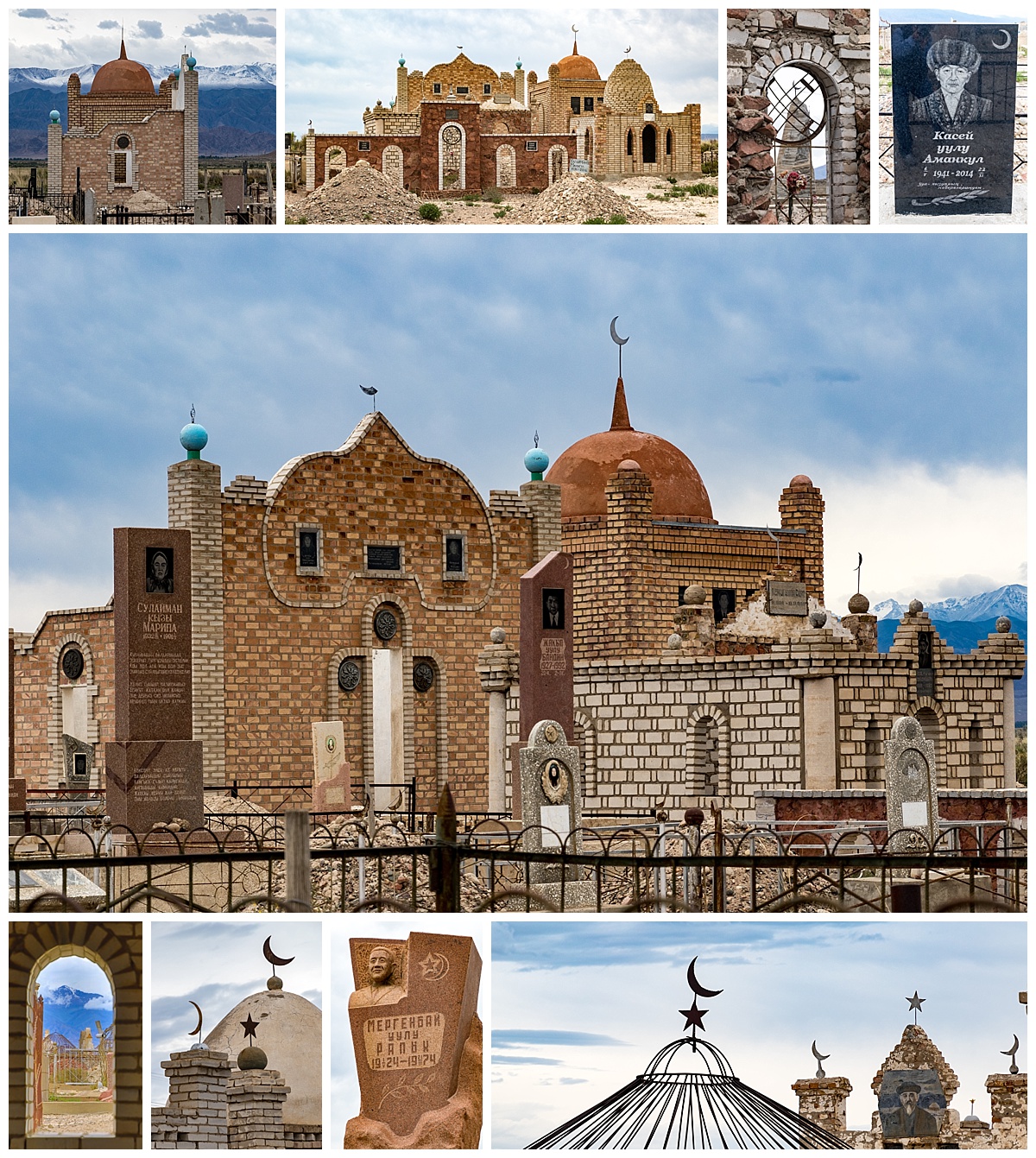
In this part of the world, Muslims prefer that their cemeteries be located near major roads, whereas other religious groups prefer being located on the mountains. As such, we saw a dozen or more each day we drove cross country. Every so often one would look interesting and be in the right light, and we would spend half an hour roaming and photographing the cemetery, while stretching our legs. With photo tours, one cannot predict opportune Kodak moments, but our guide has been great with finding these serendipitous spots.
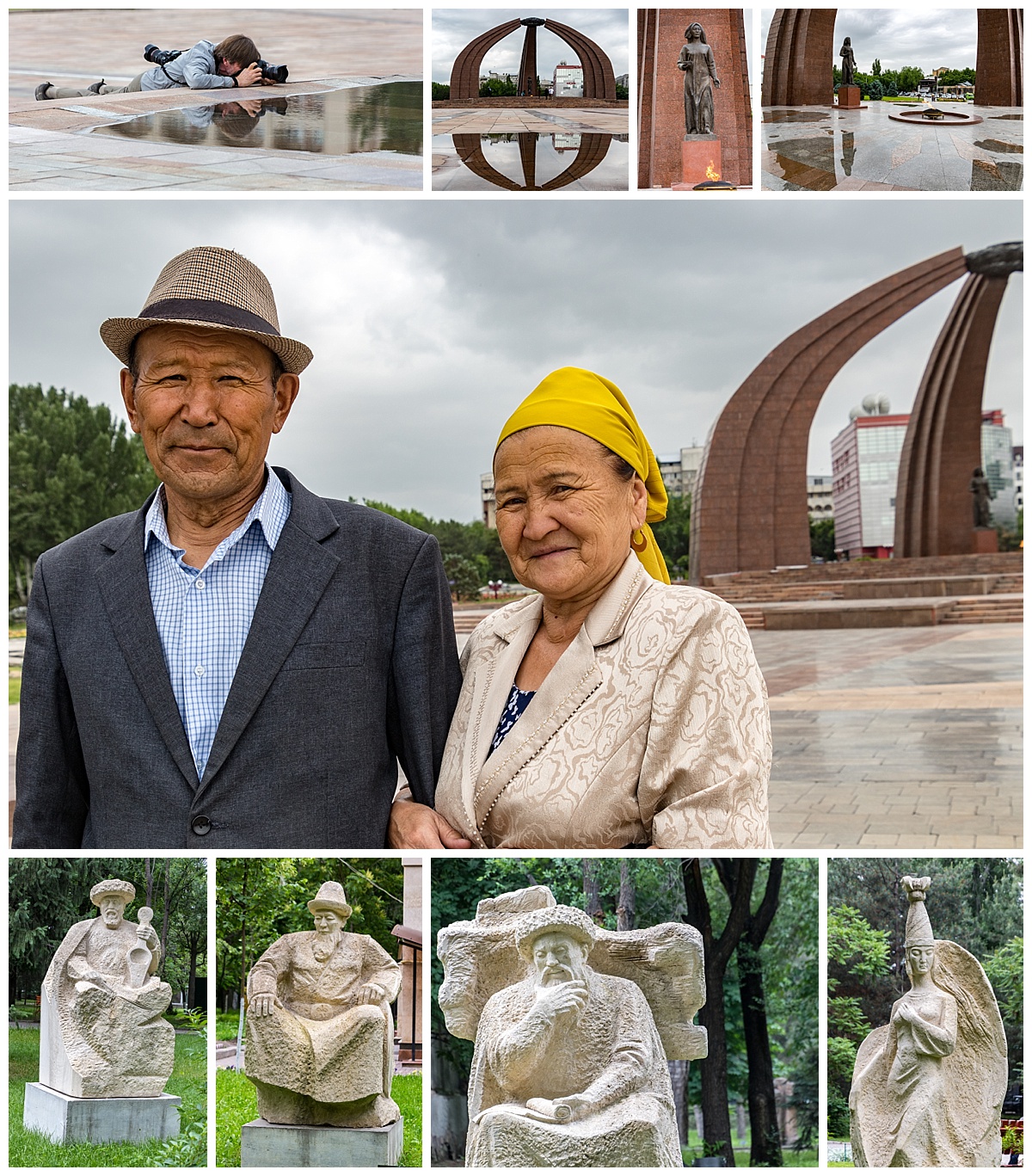
With a little time to kill before catching our next flight, we wandered around a commemorative for soldiers who died in WWII, and an old city park. We have all gotten in the habit of searching out reflections in isolated pools of rain water. Upper-left shows Eric, from our group, laying on the ground to get an image similar to top-second above. Evelyn befriended a couple and got them to pose for her (center). The old public park was lined with a large number of statues.
Below is a short video from the sunset musicians shown above, to let you hear what their traditional two-string instrument sounds like.
Kyrgyzstan Musician from Burt Johnson on Vimeo.
